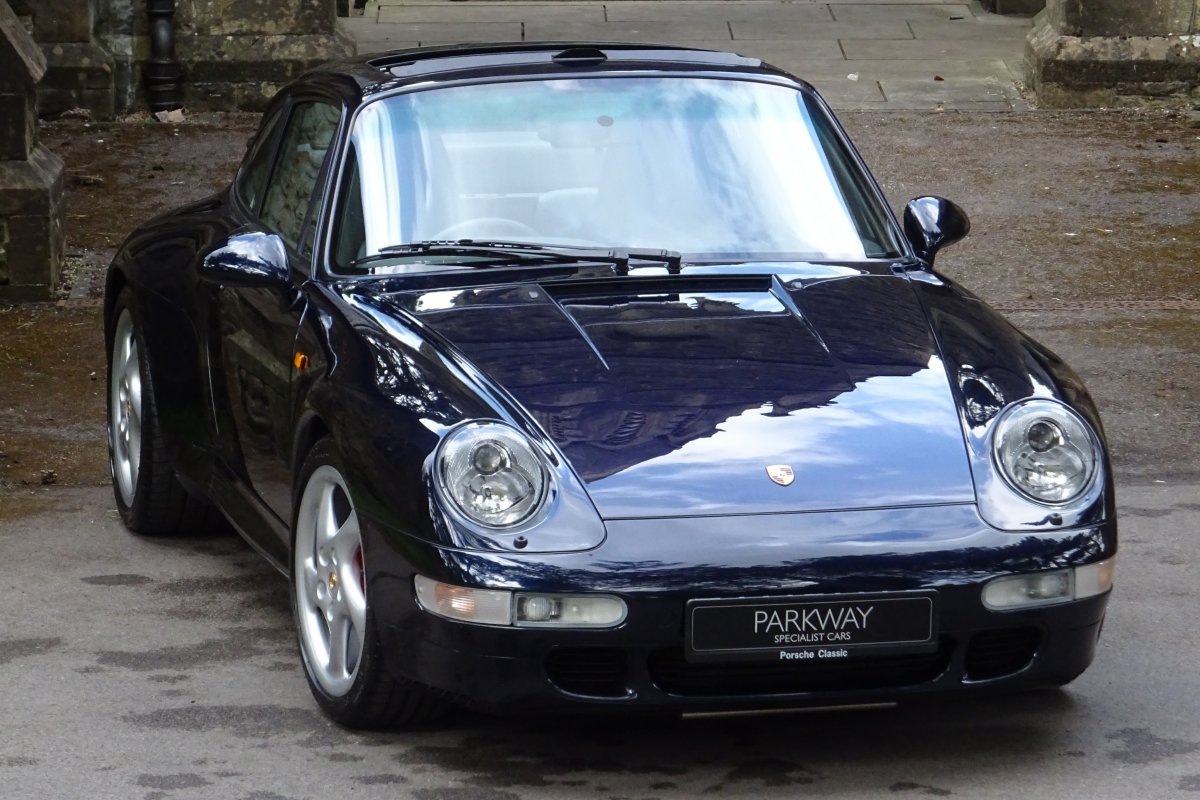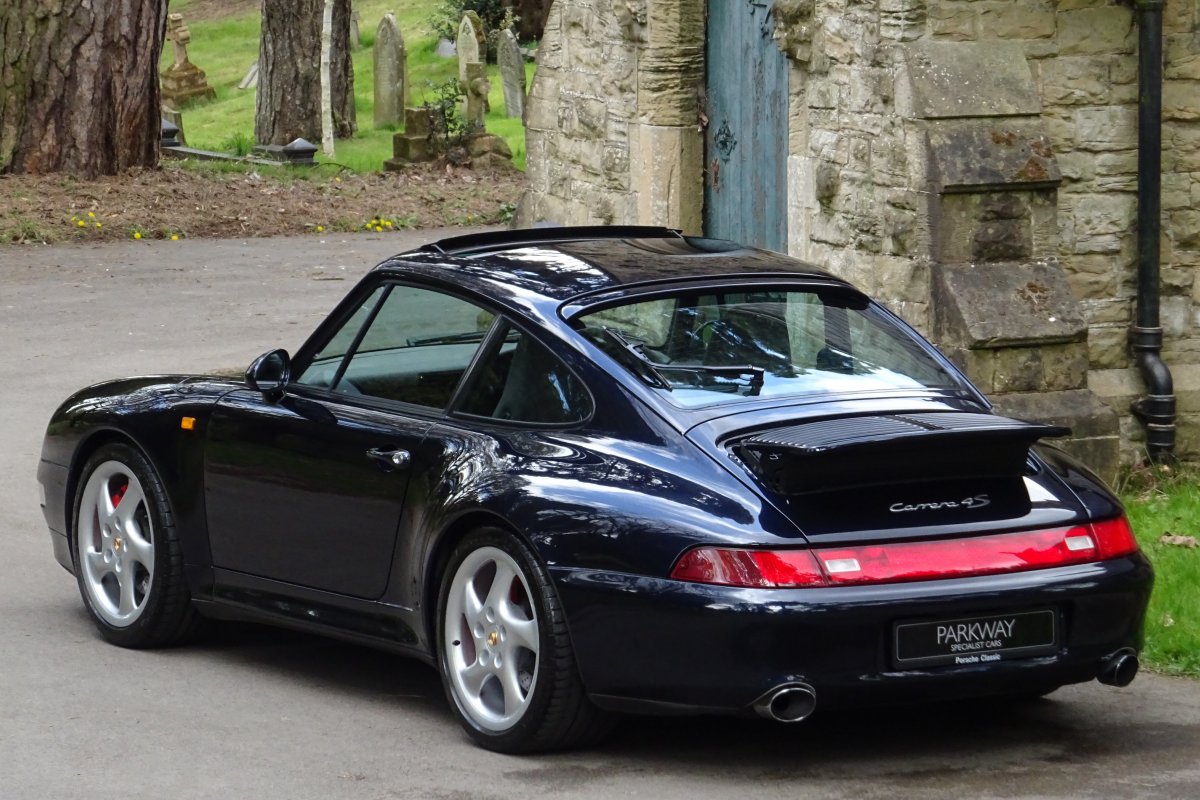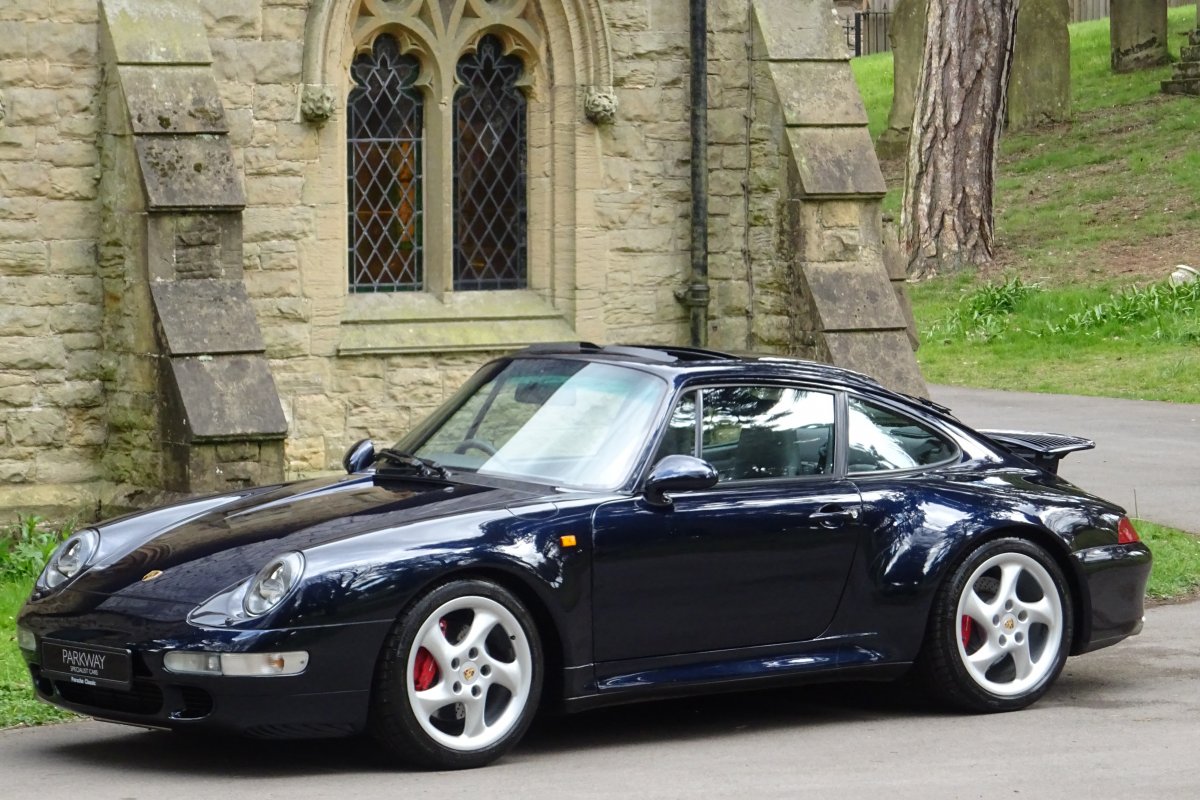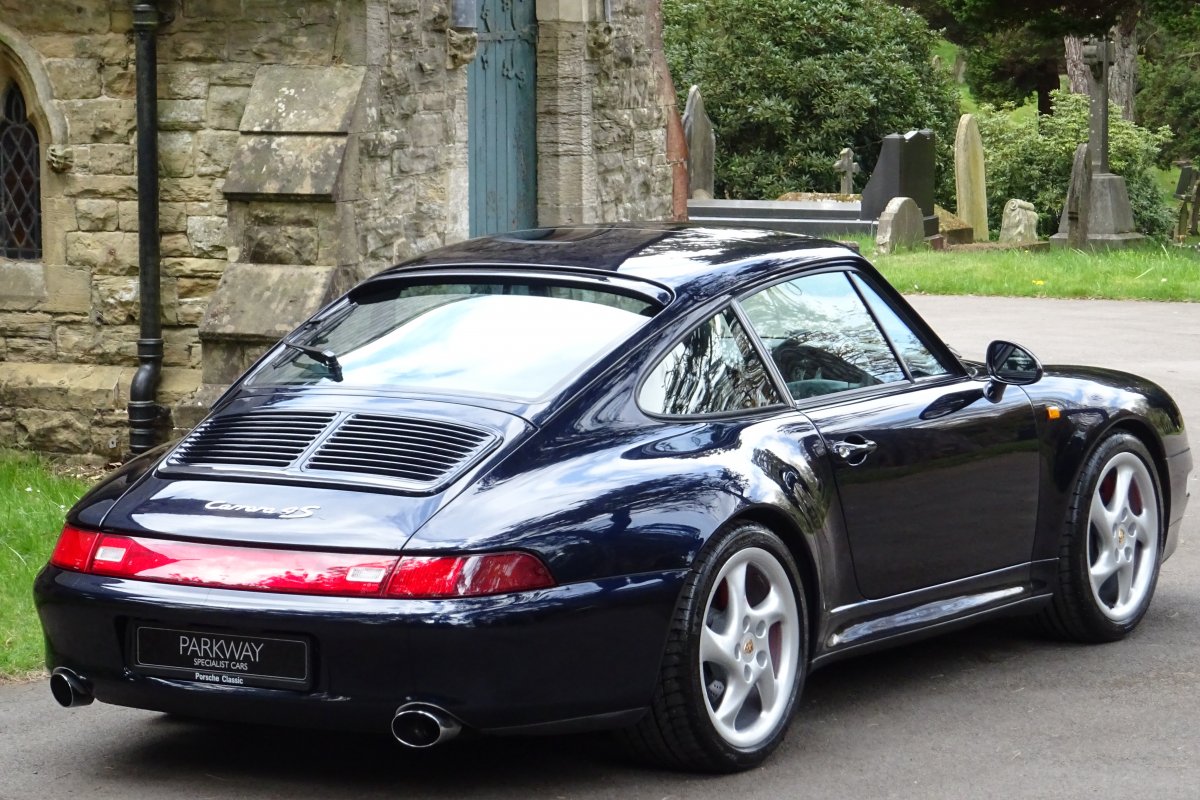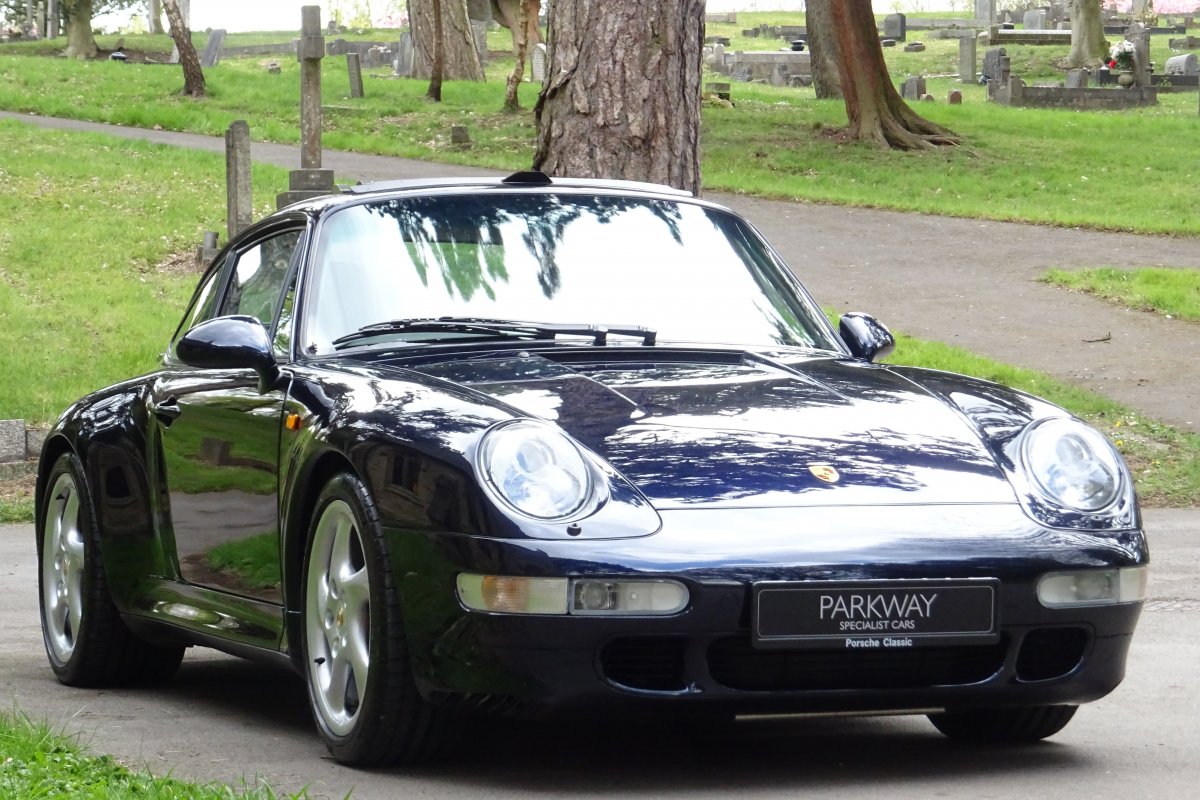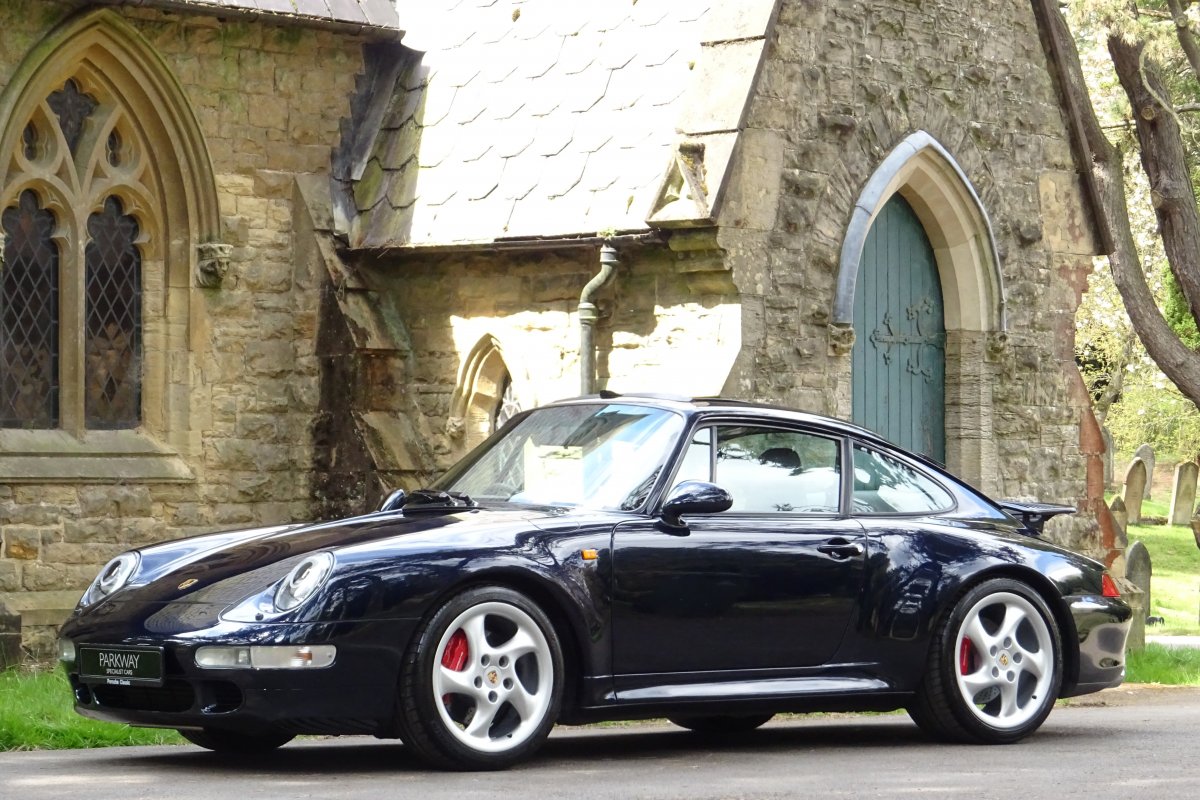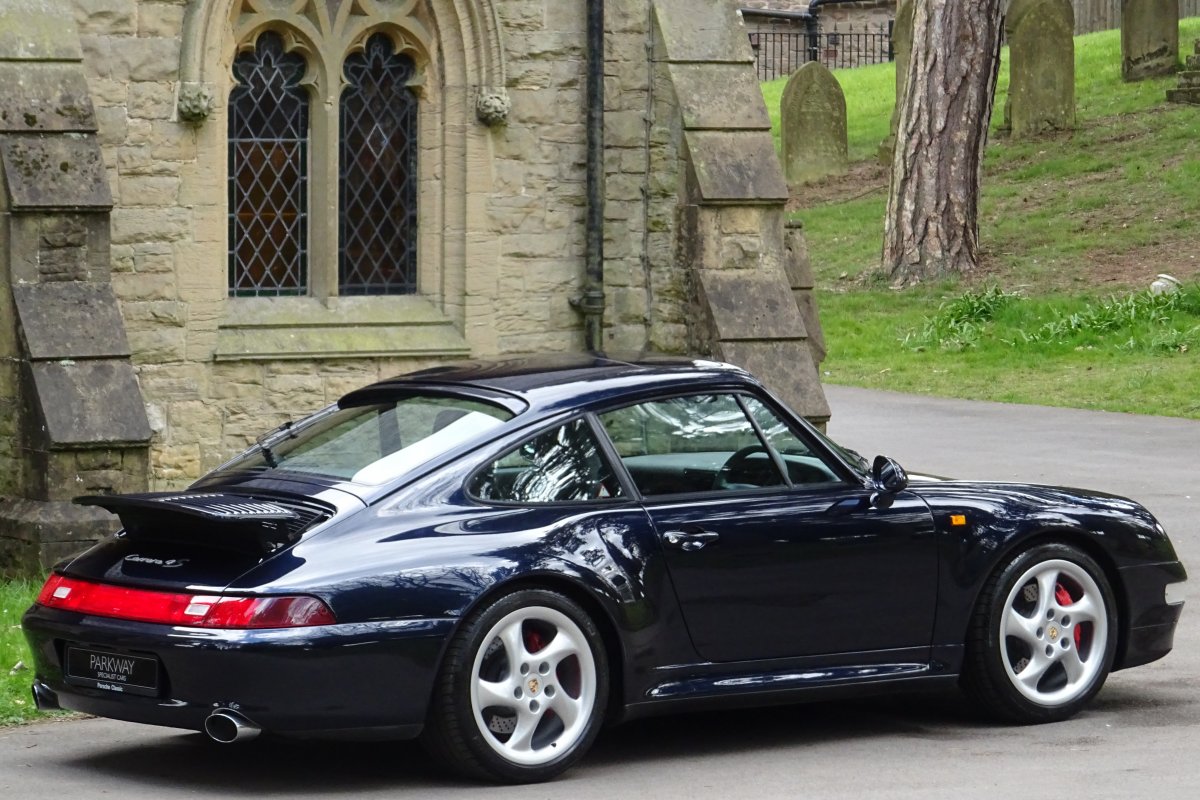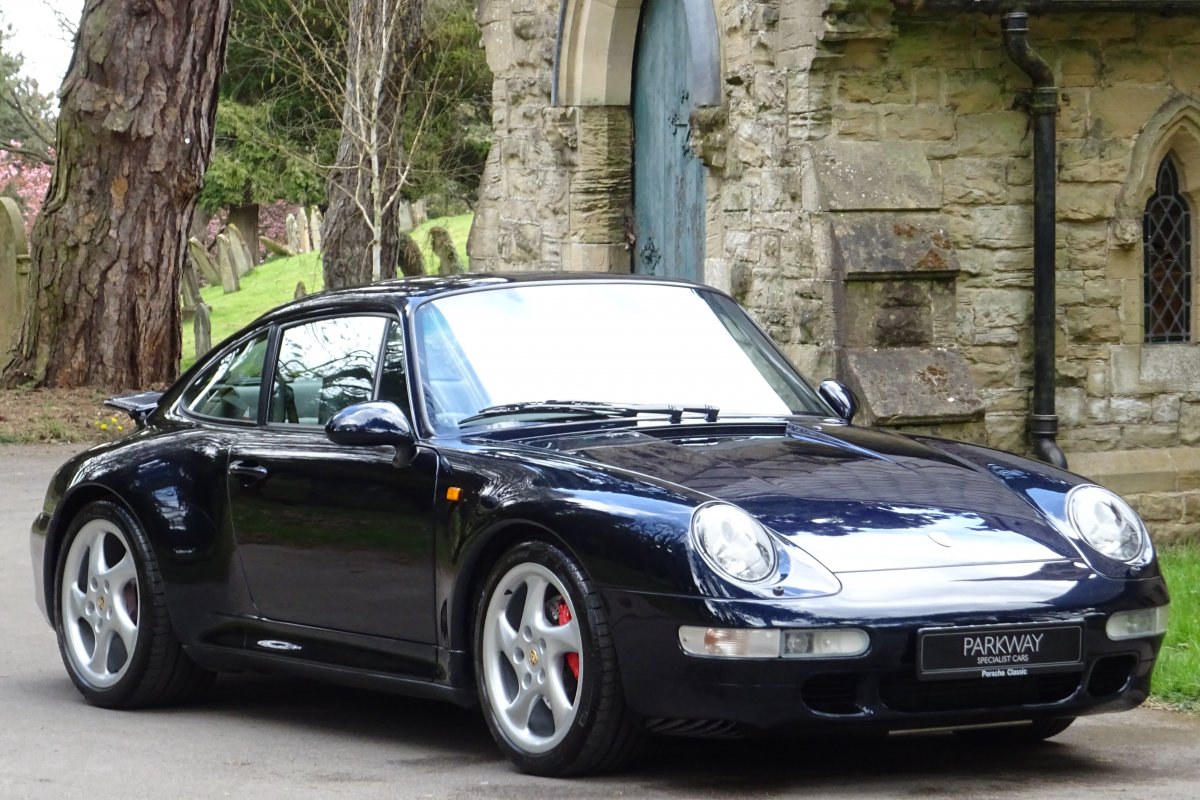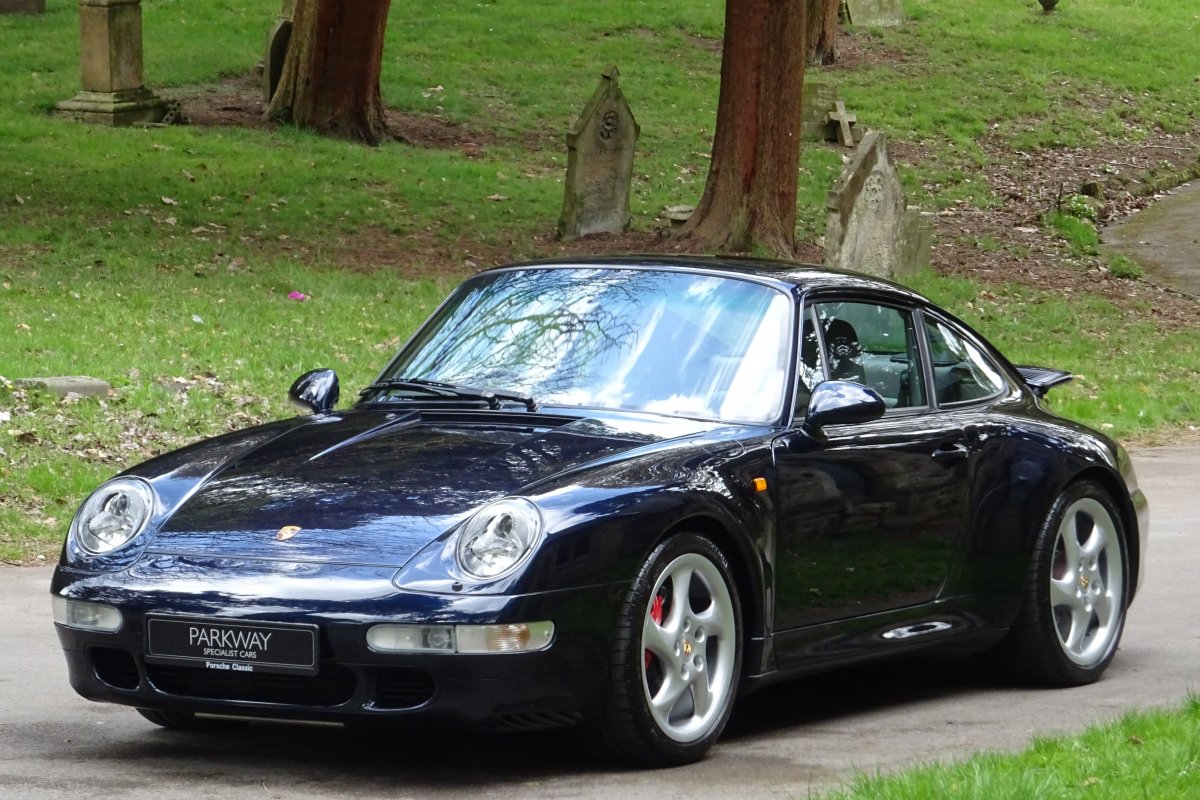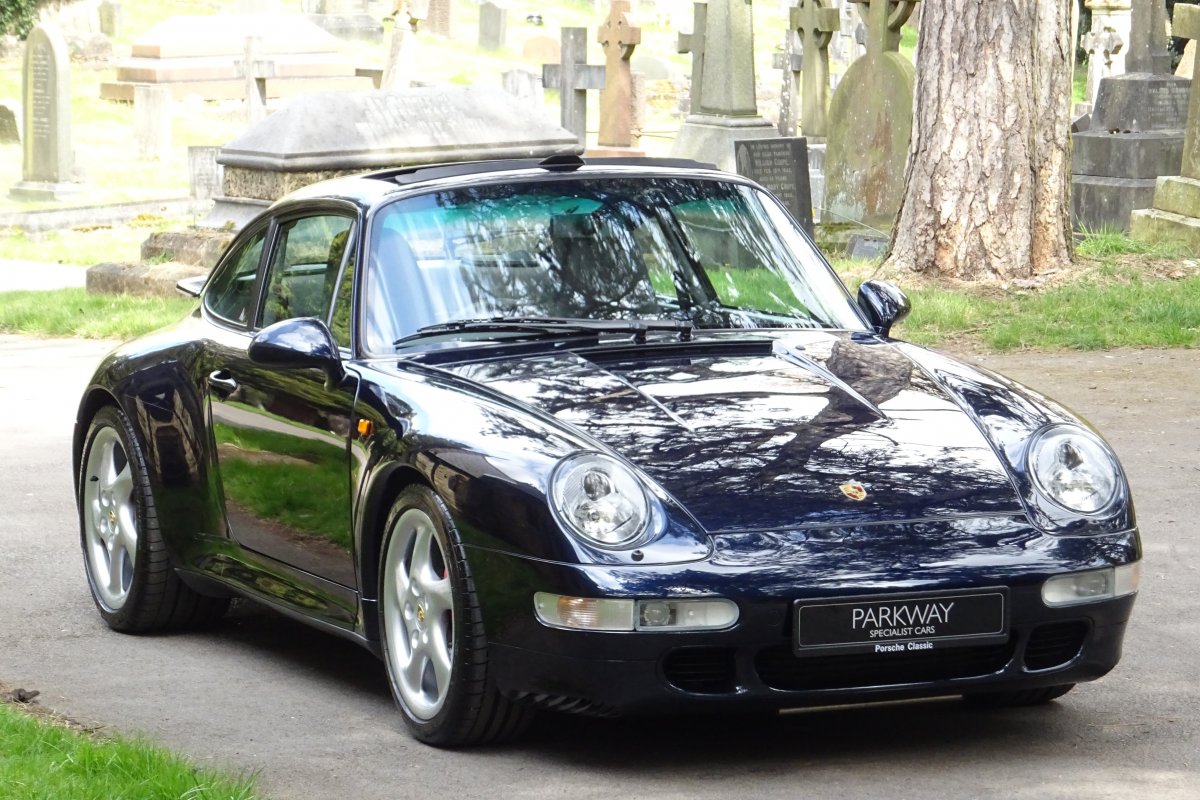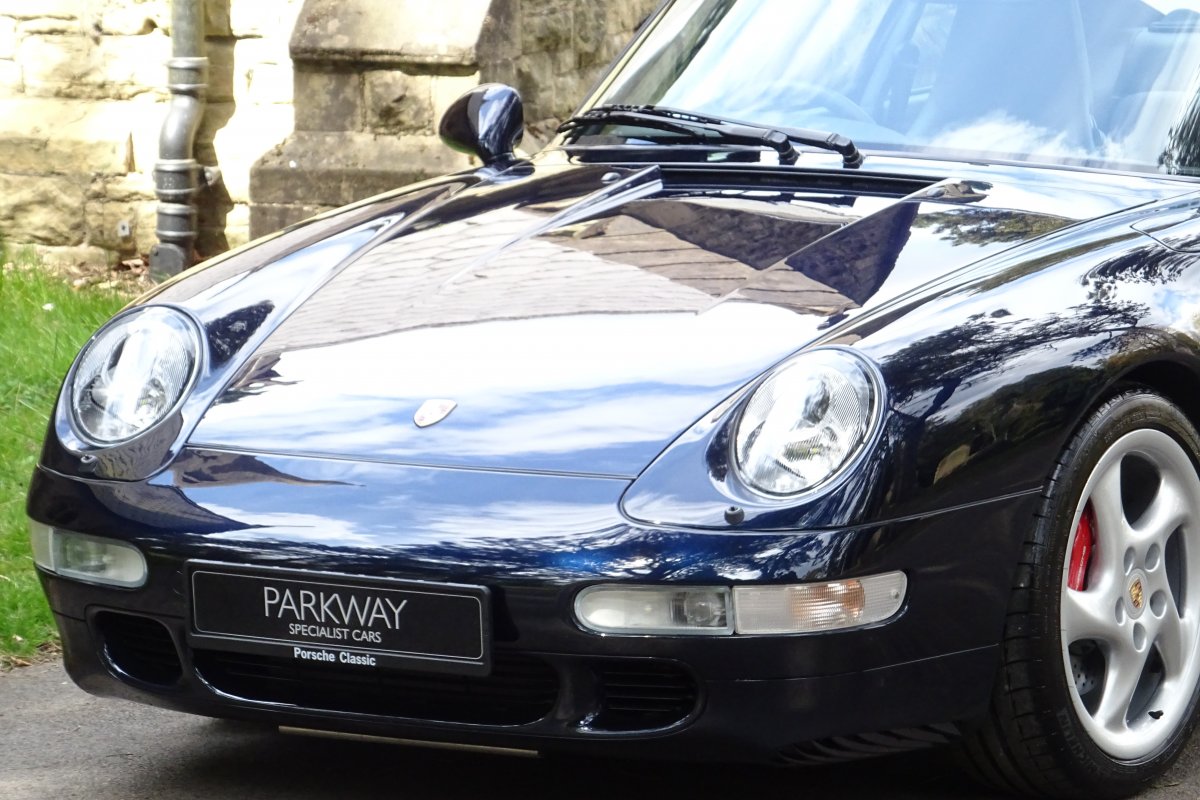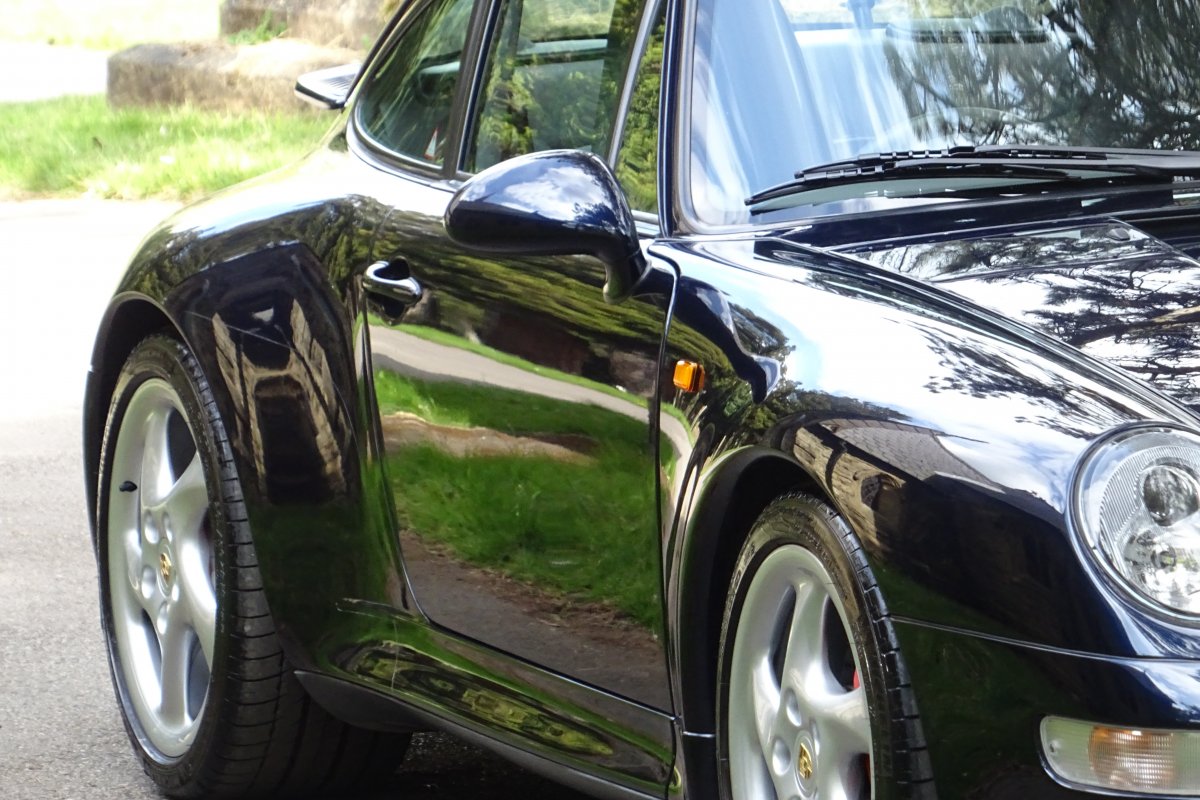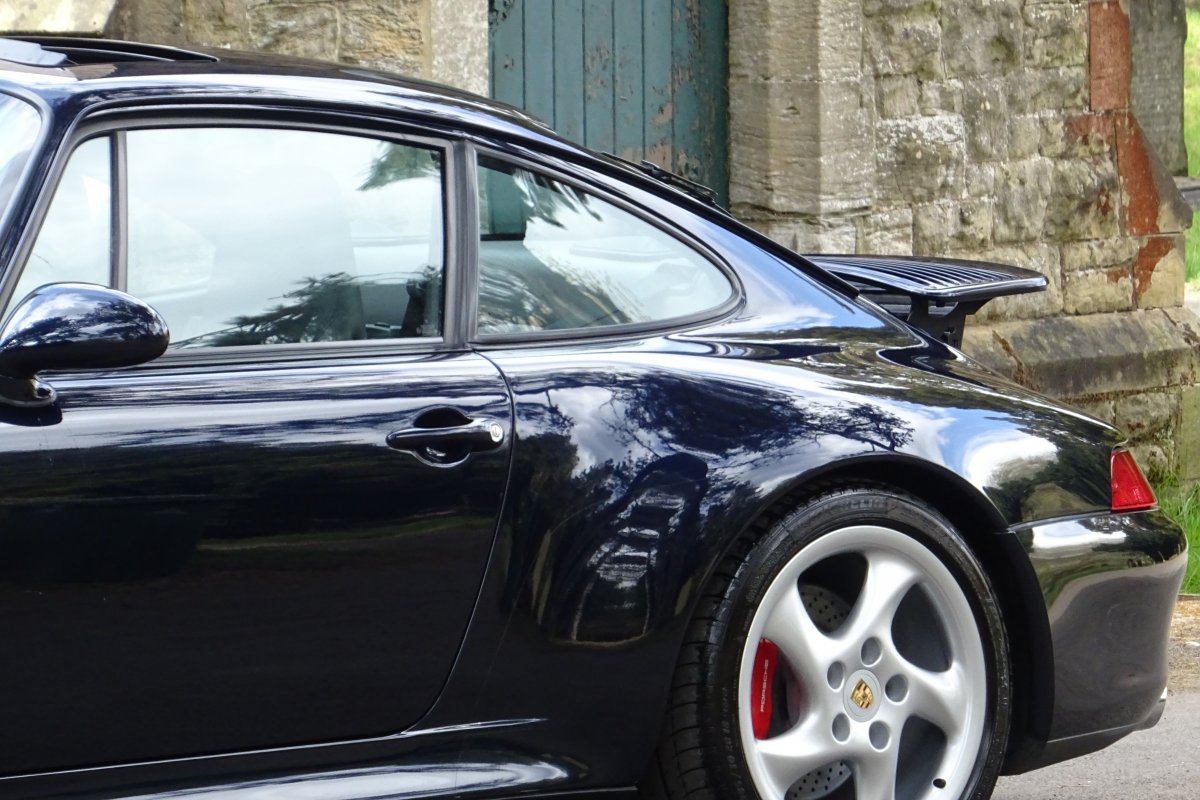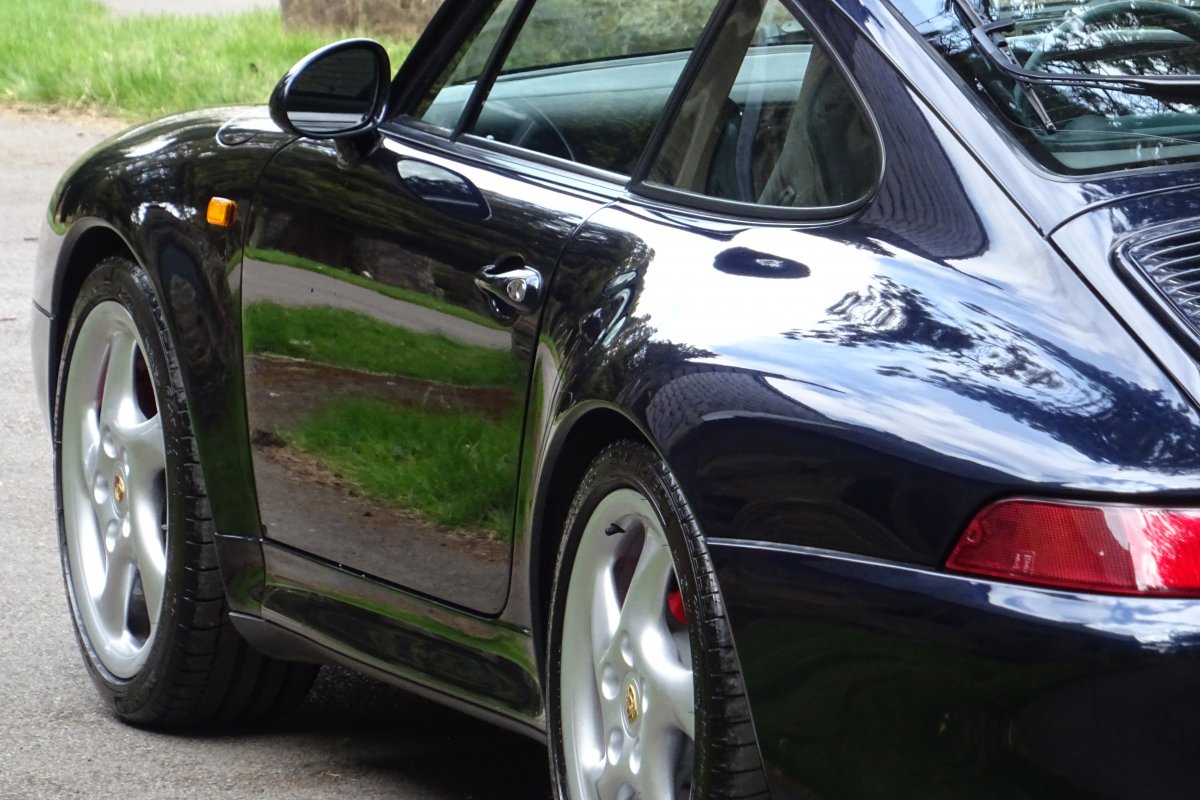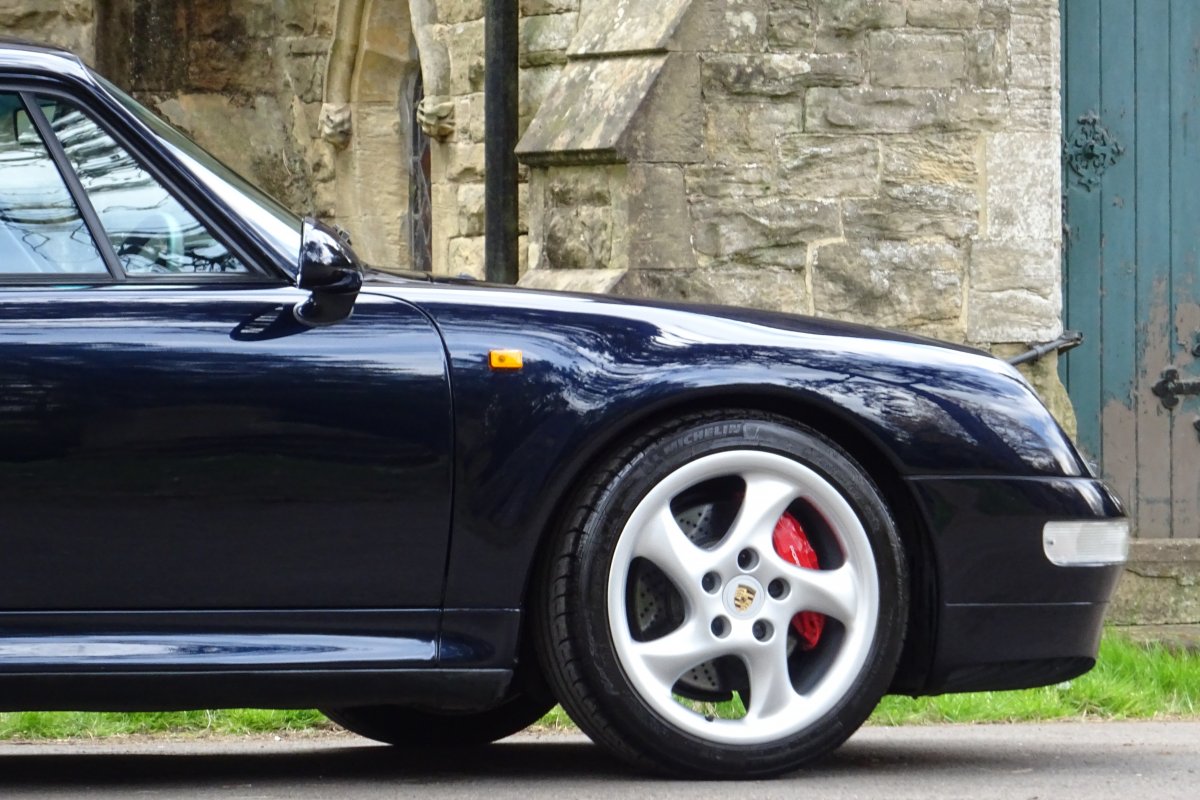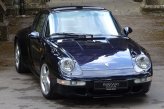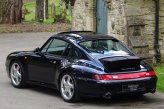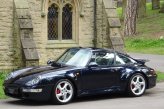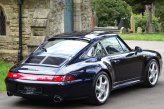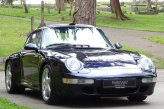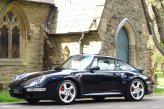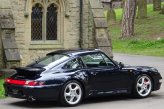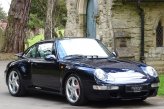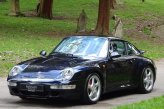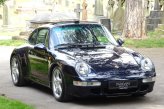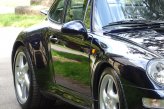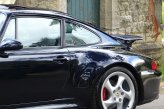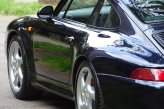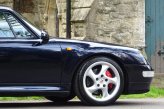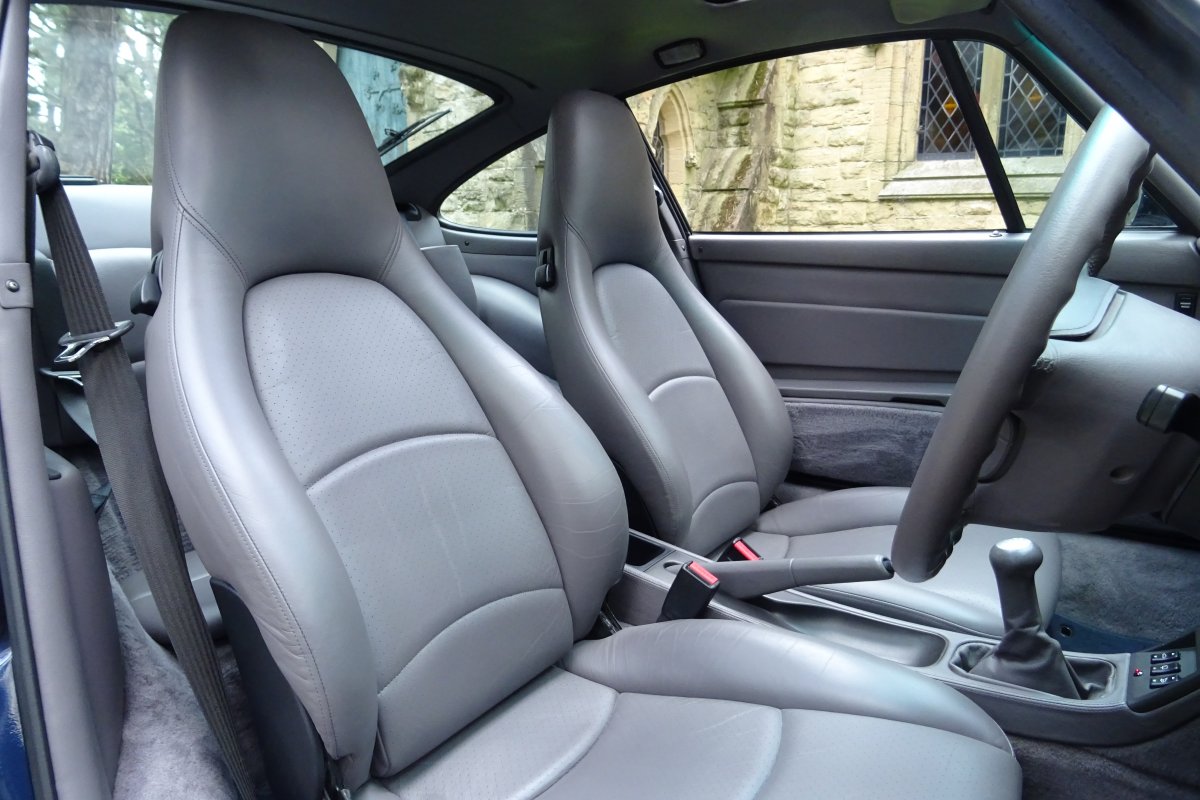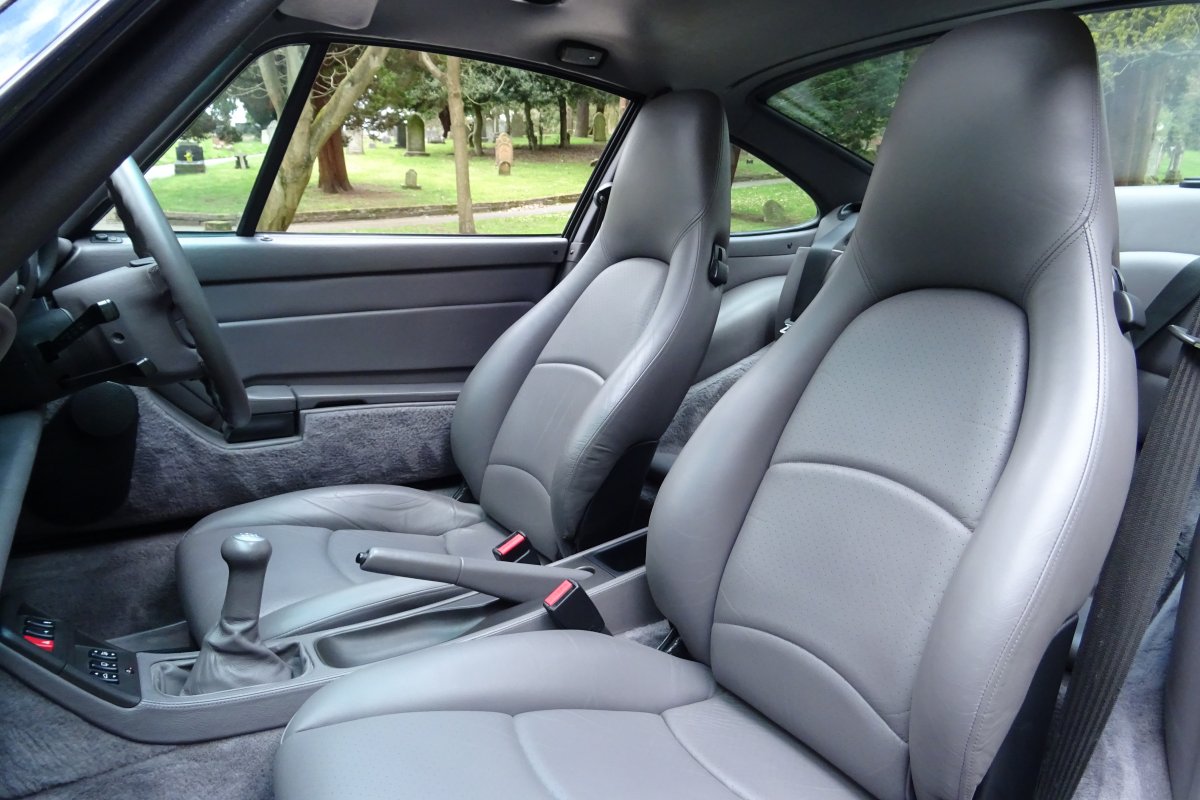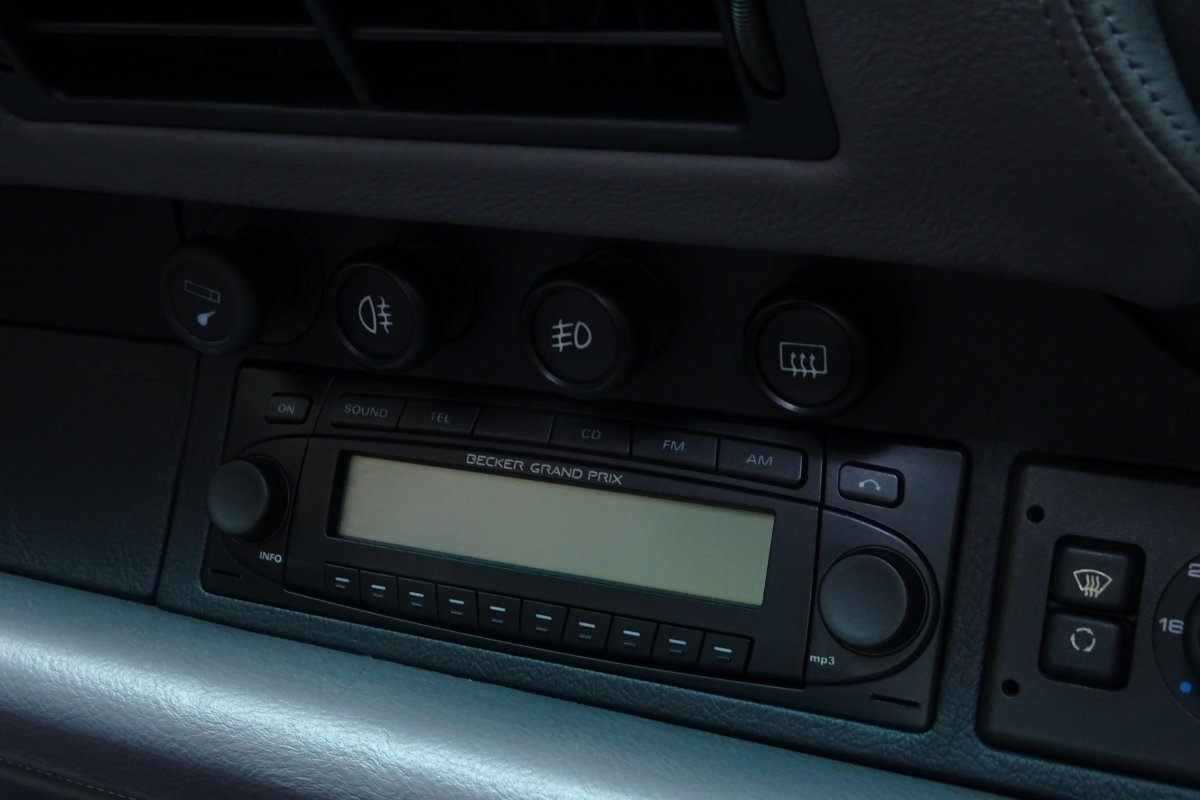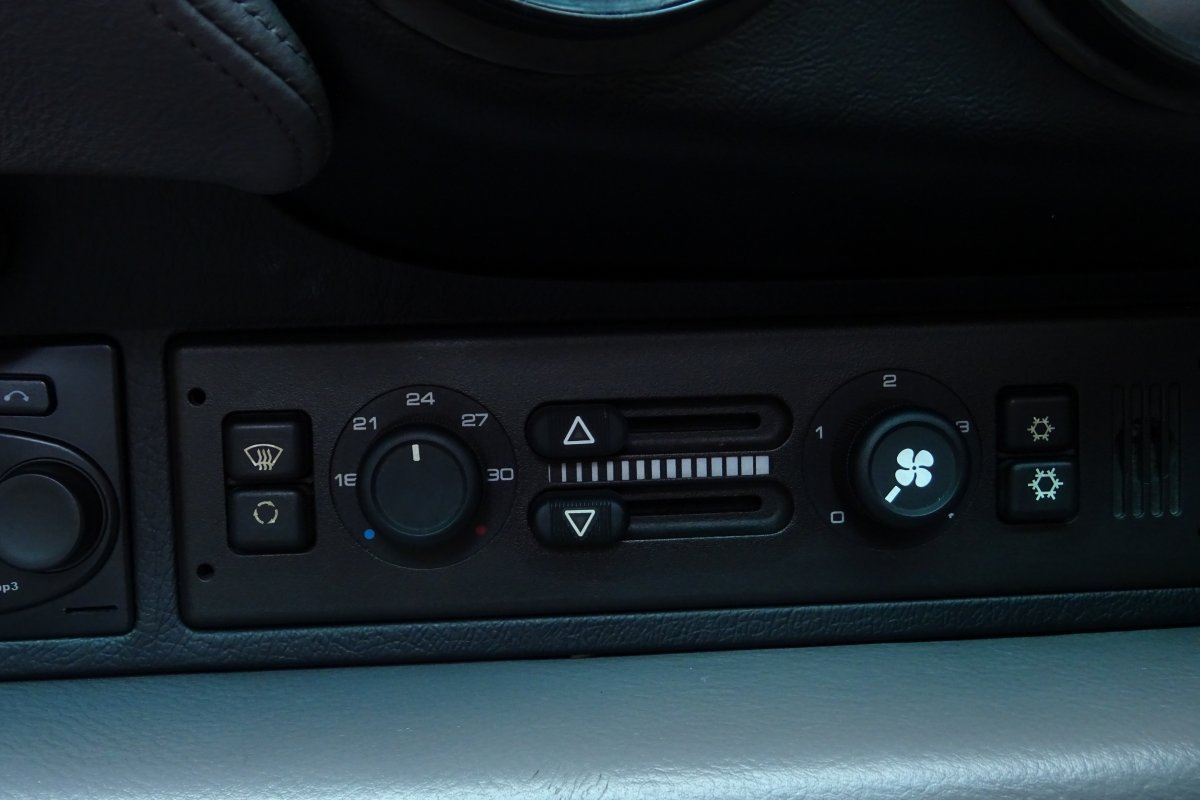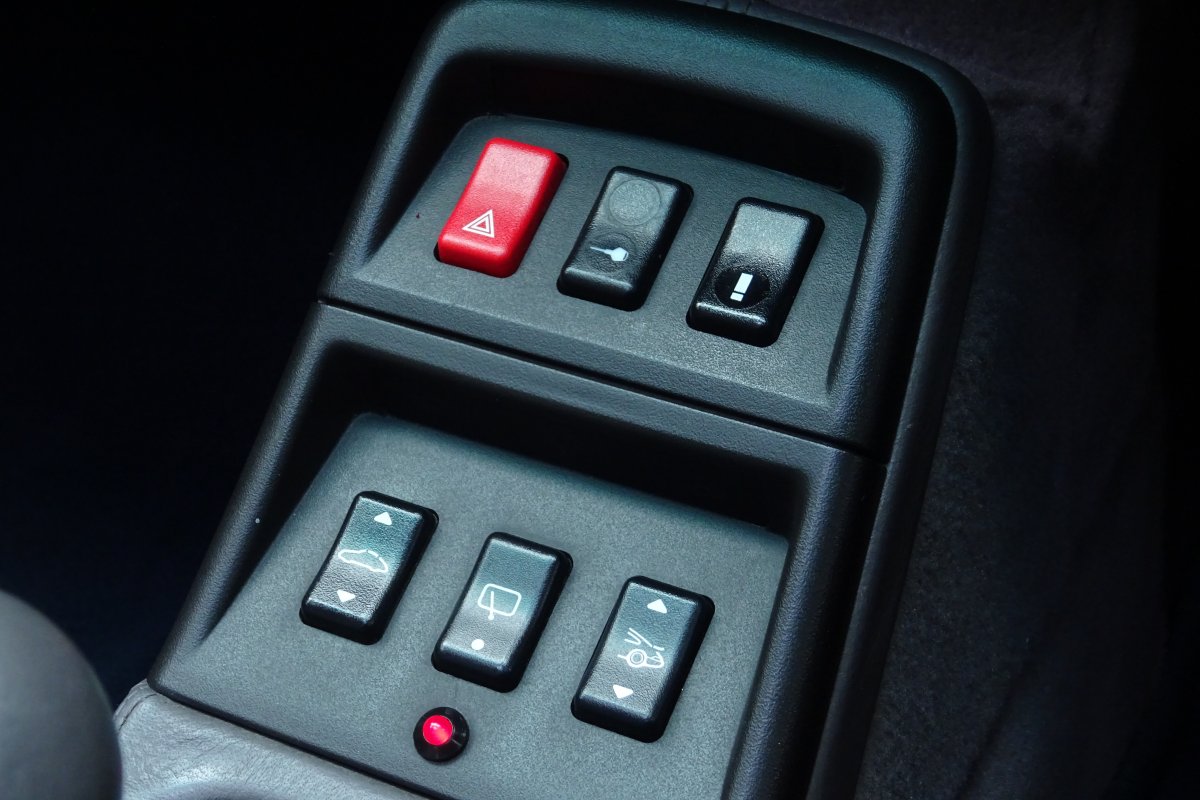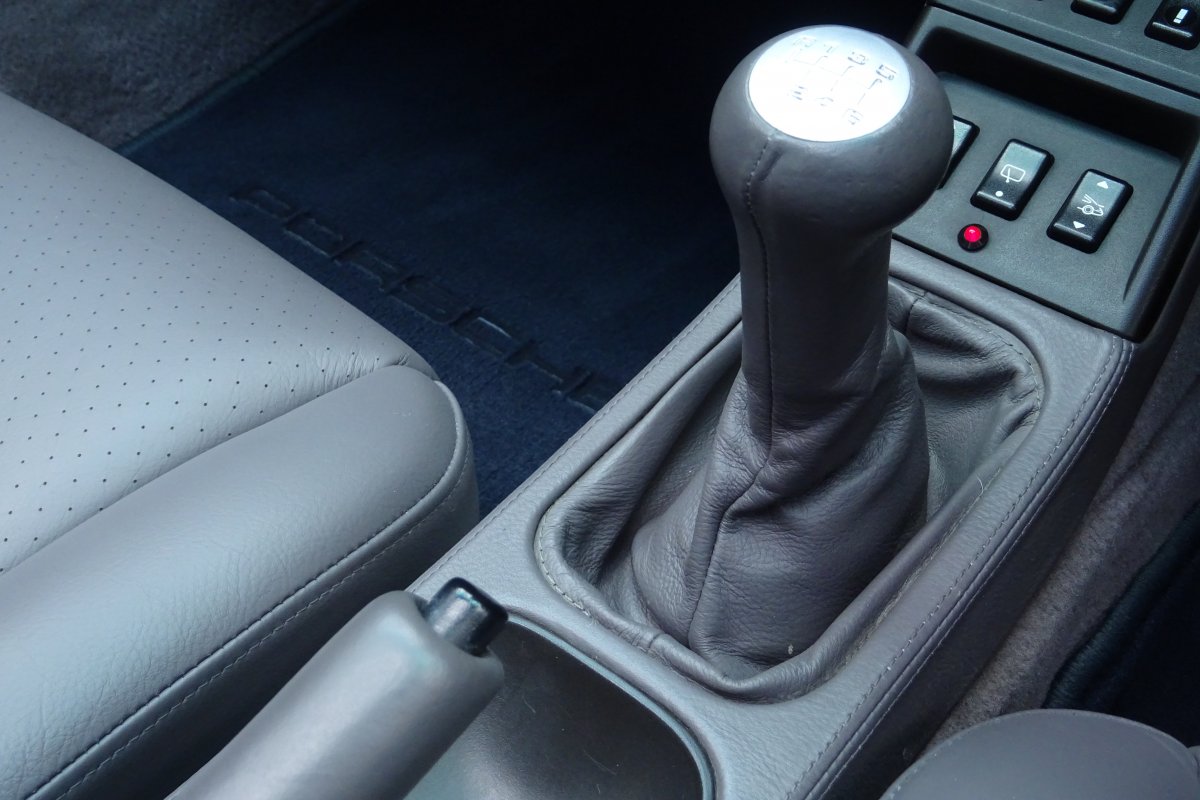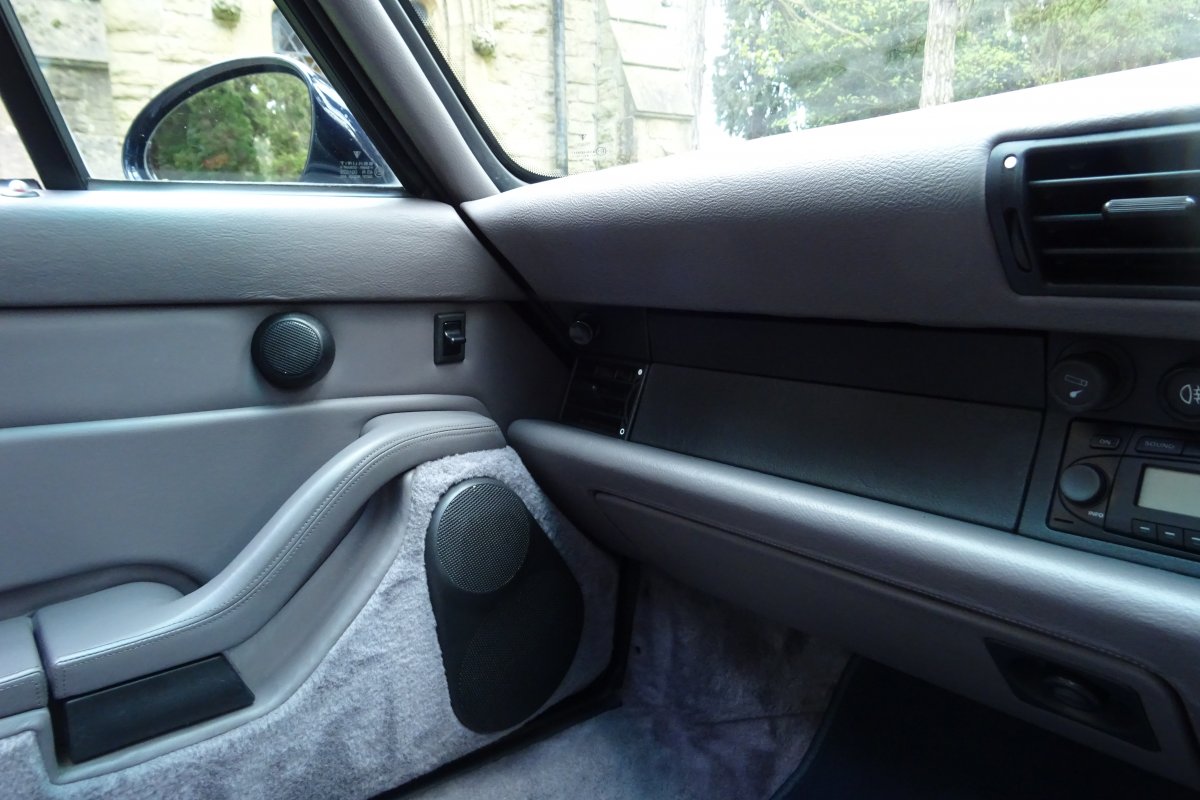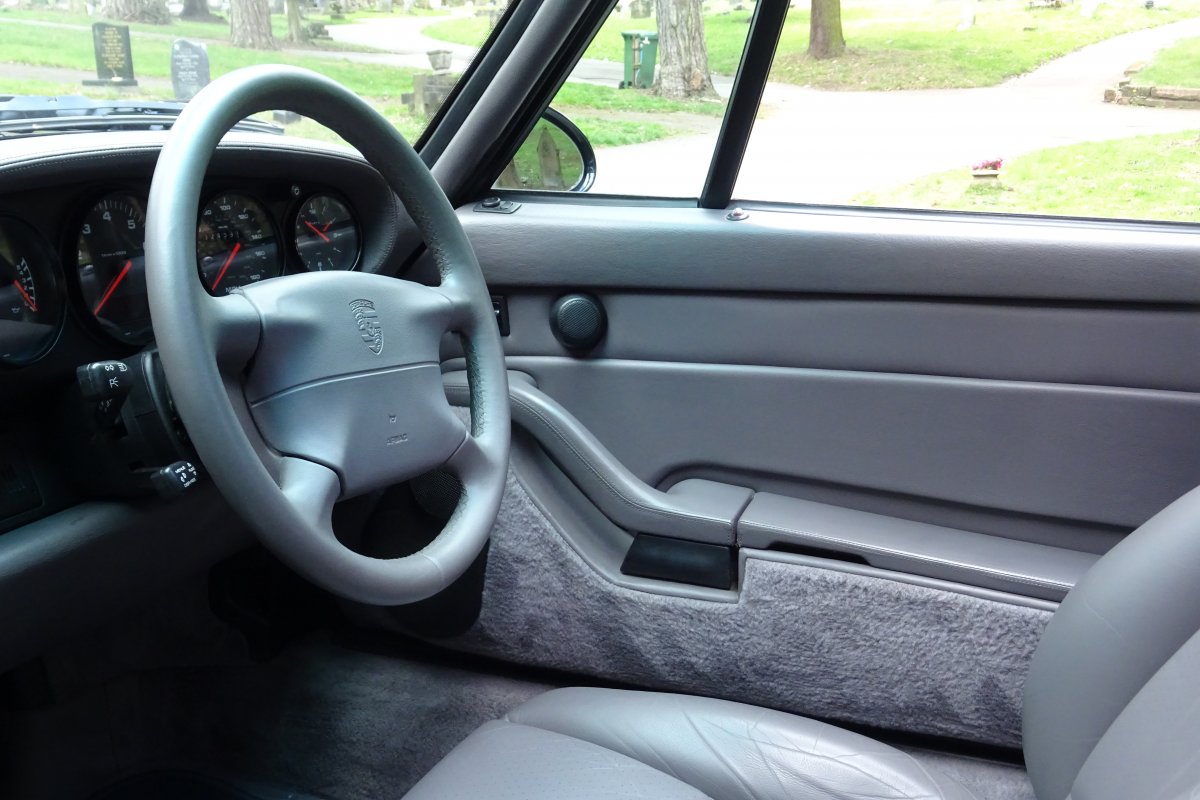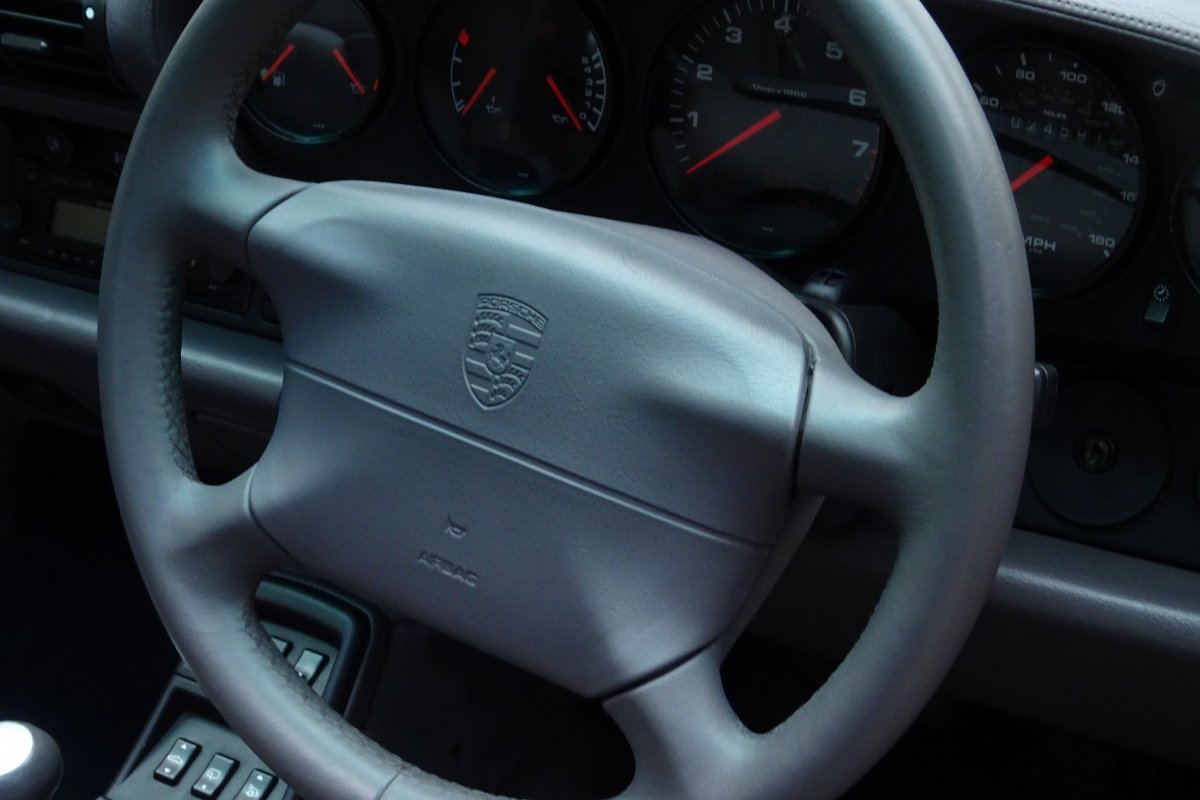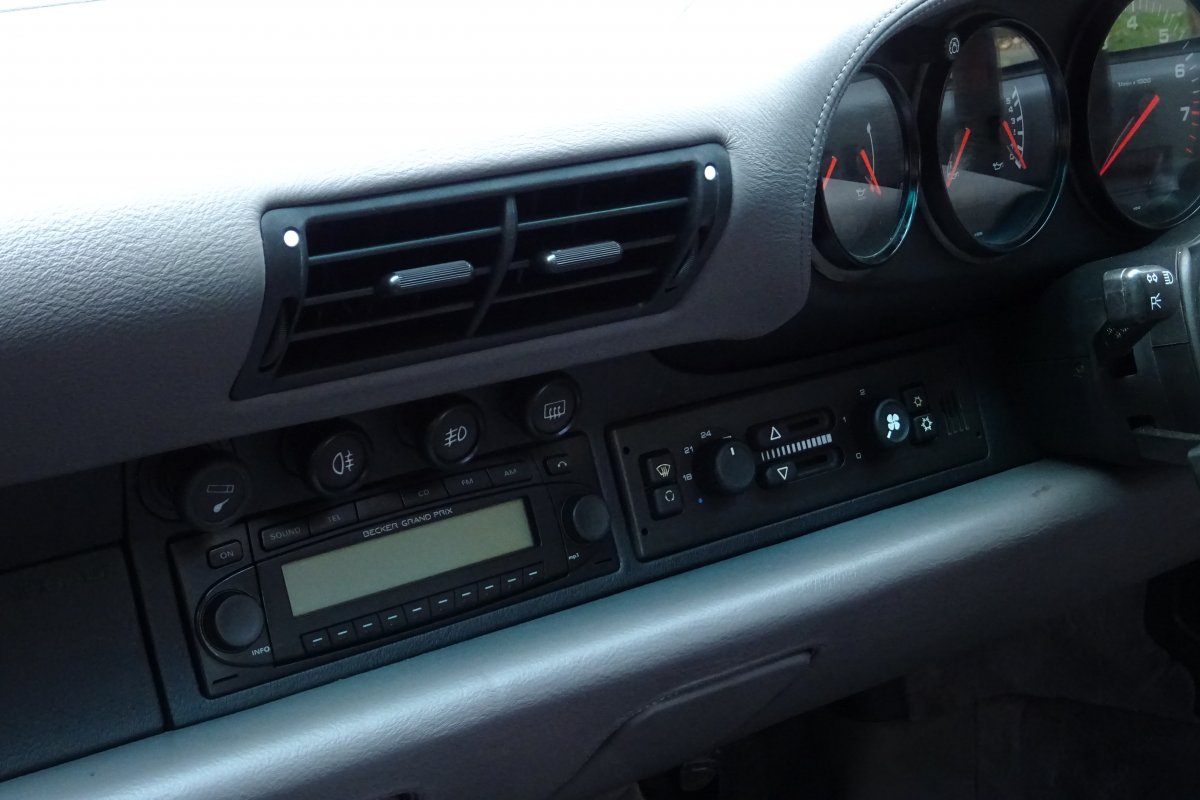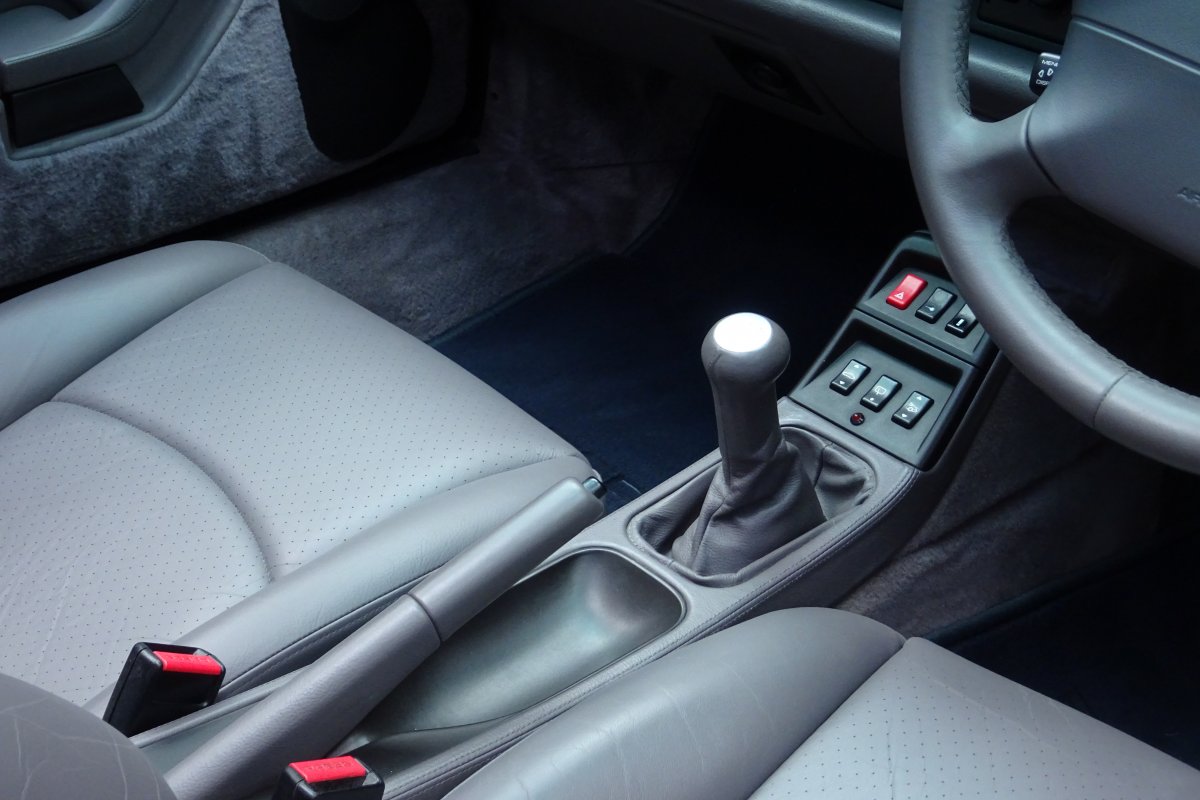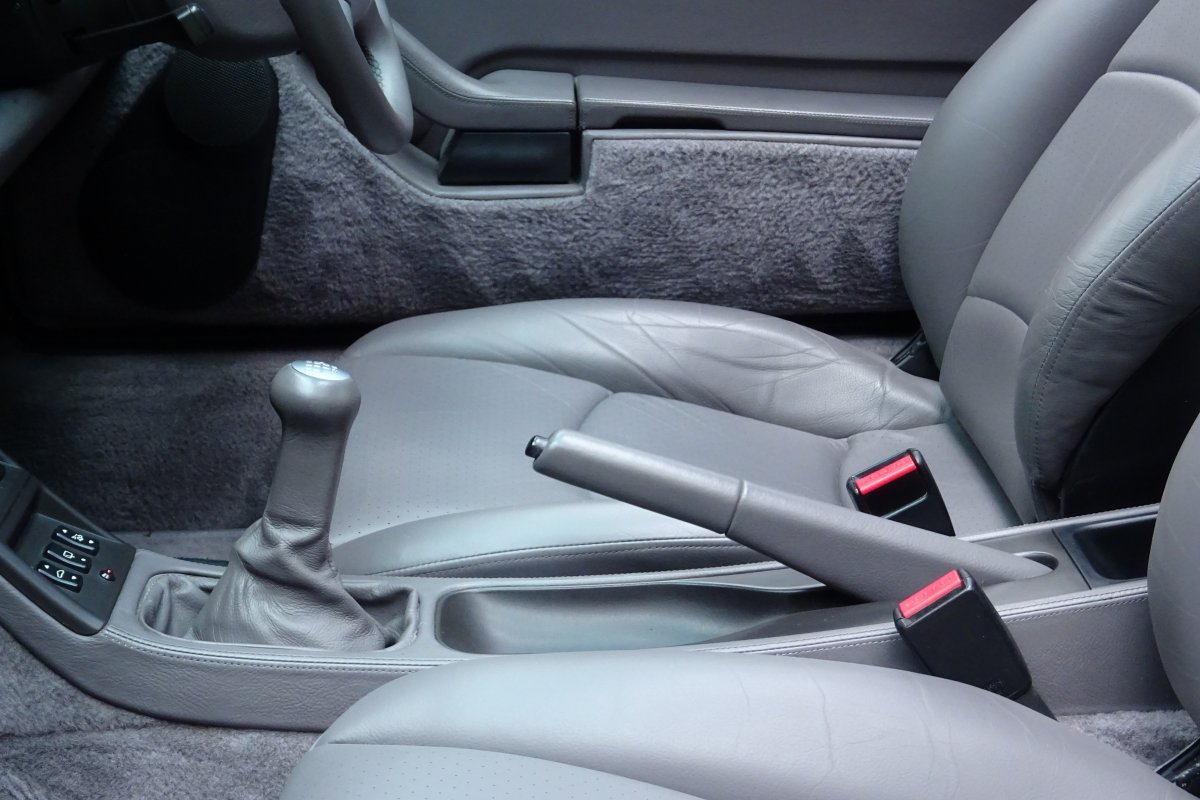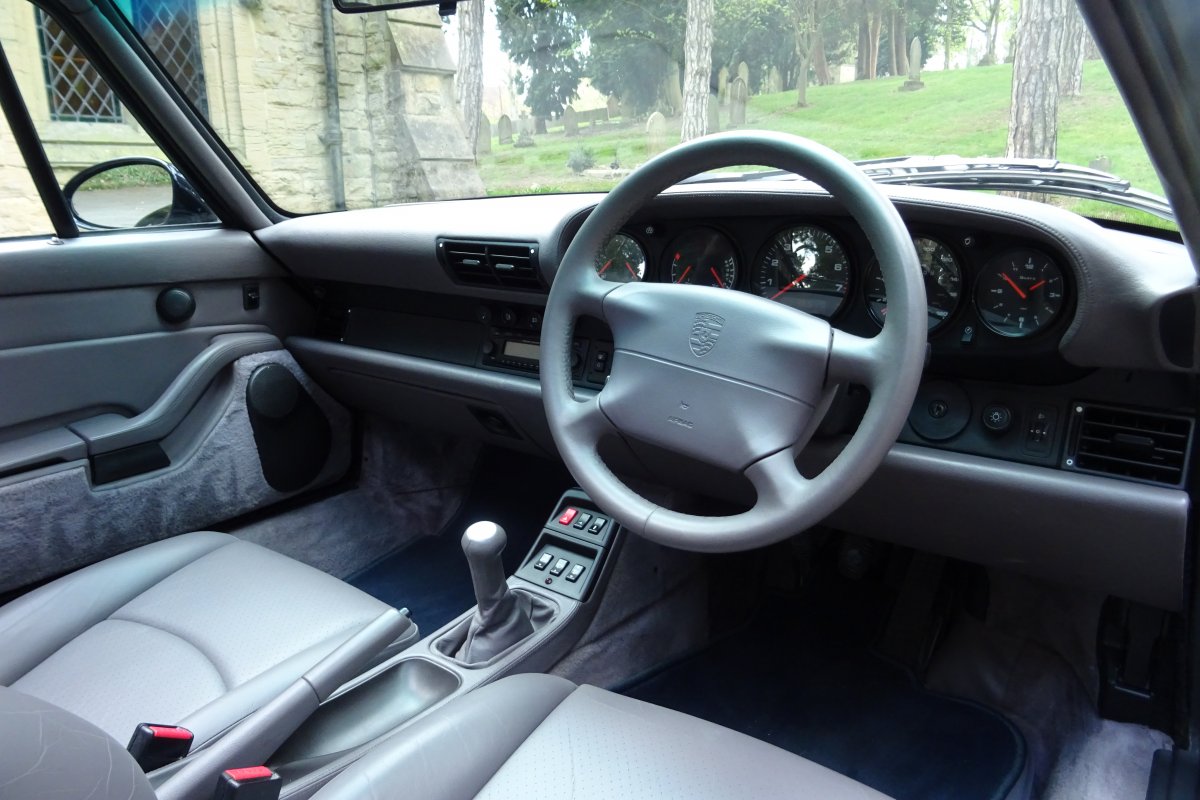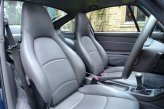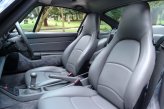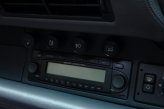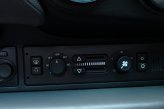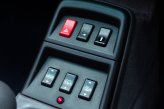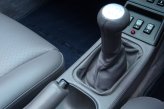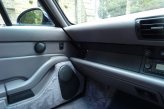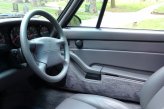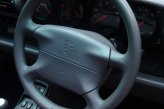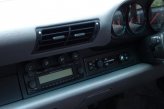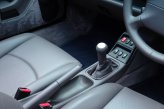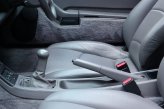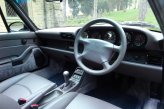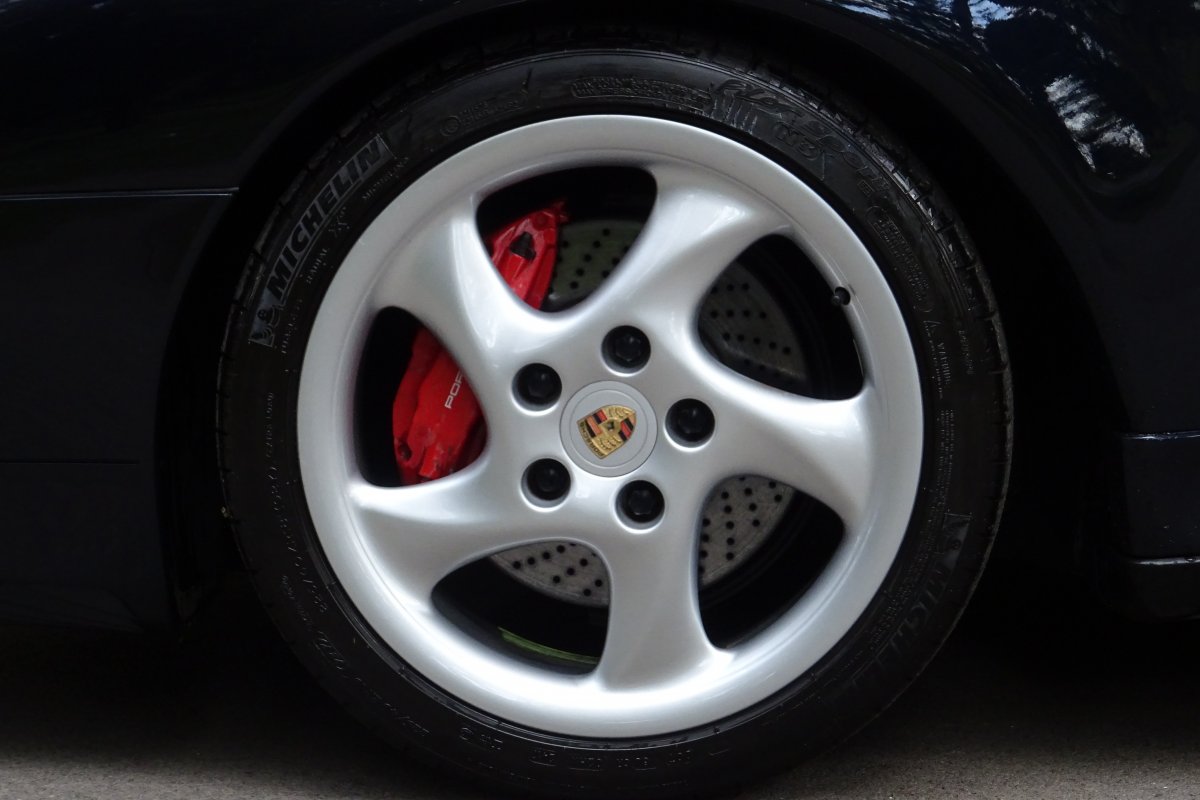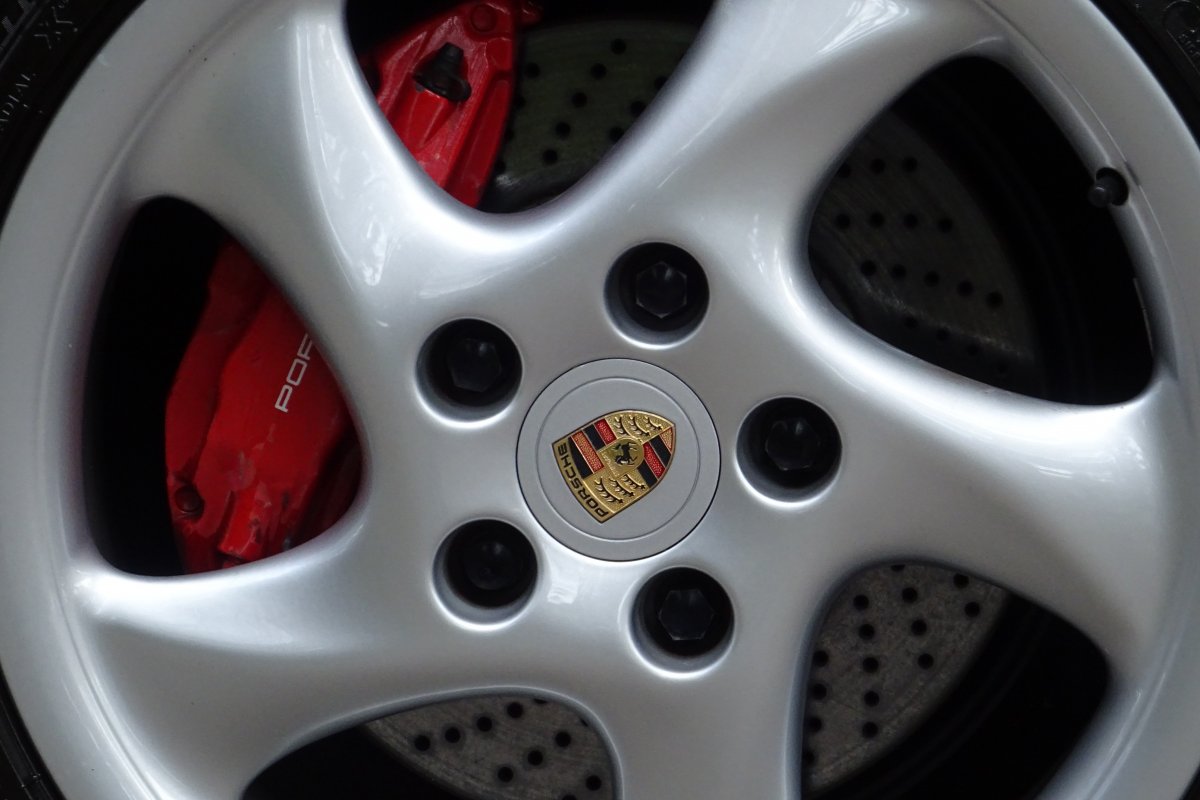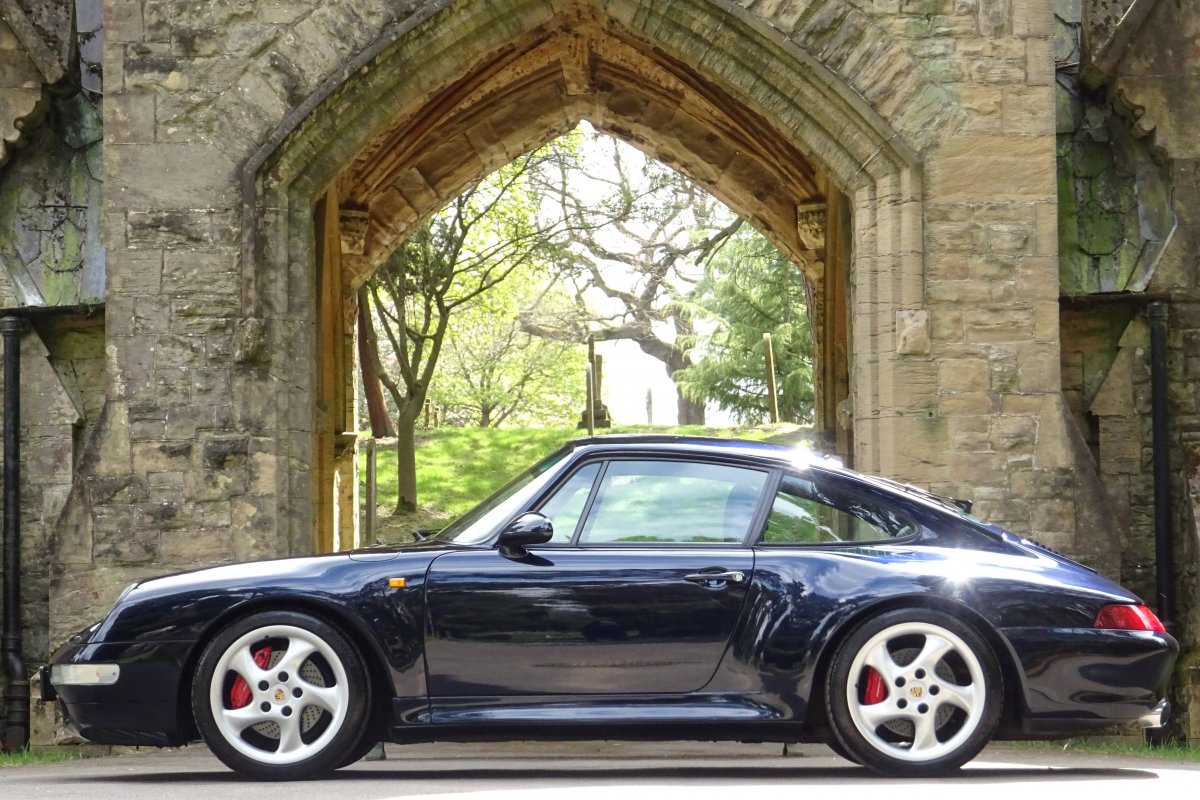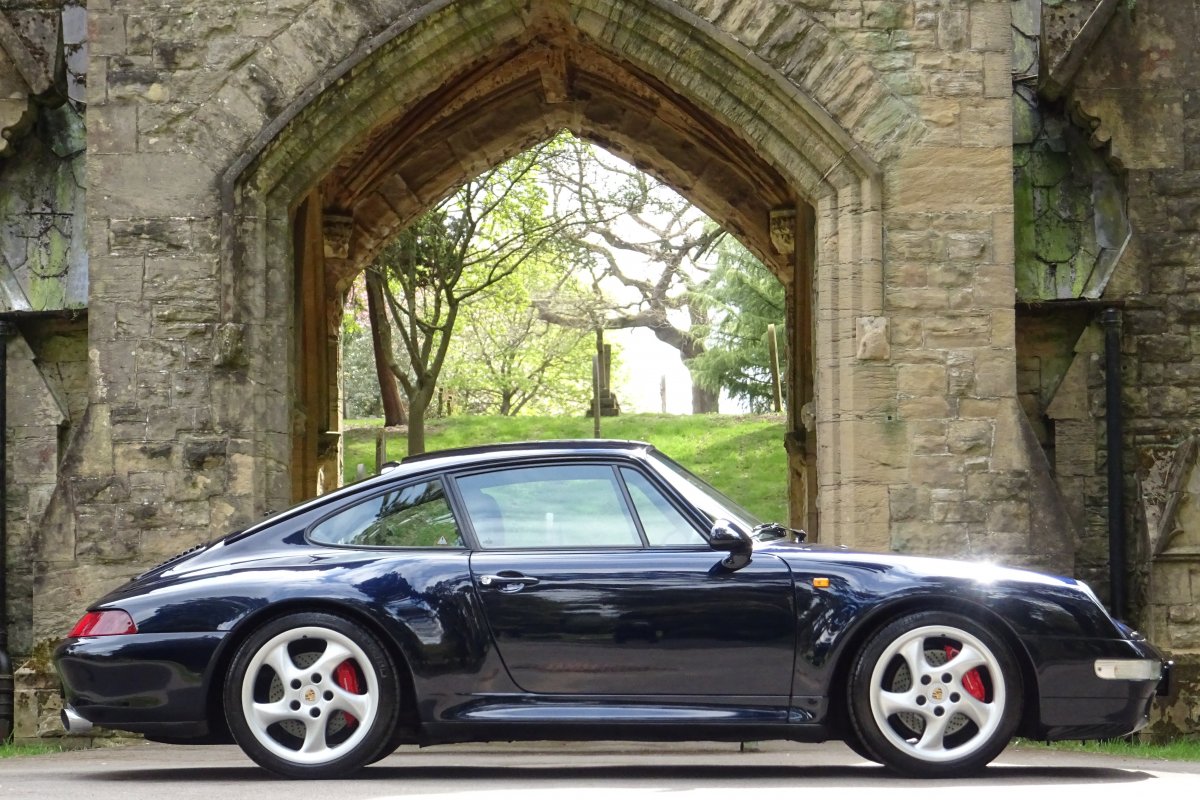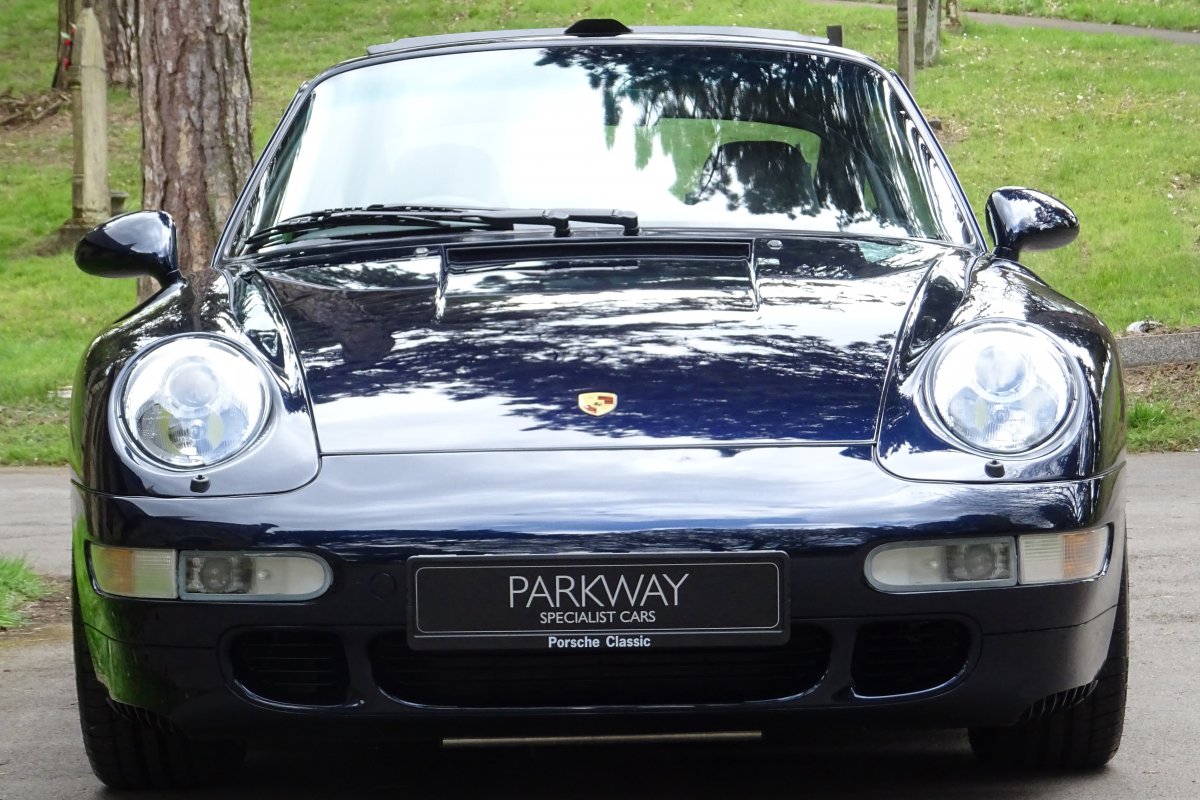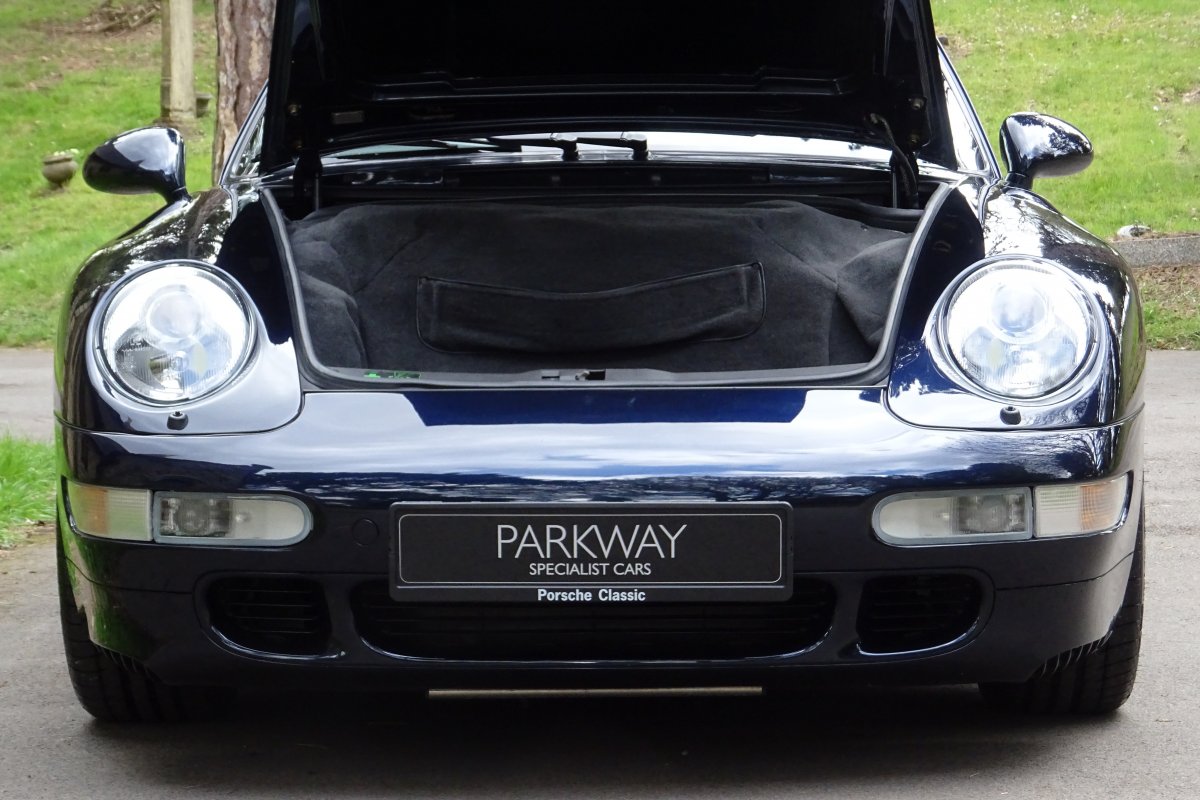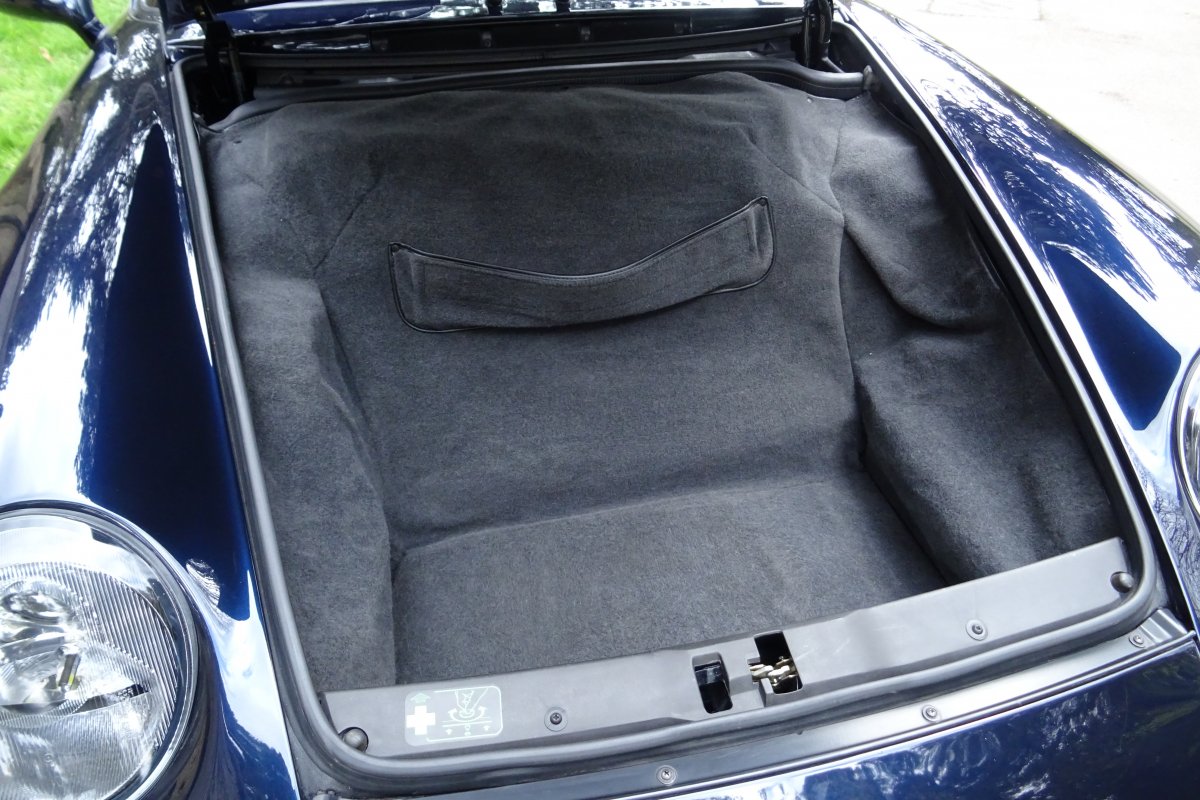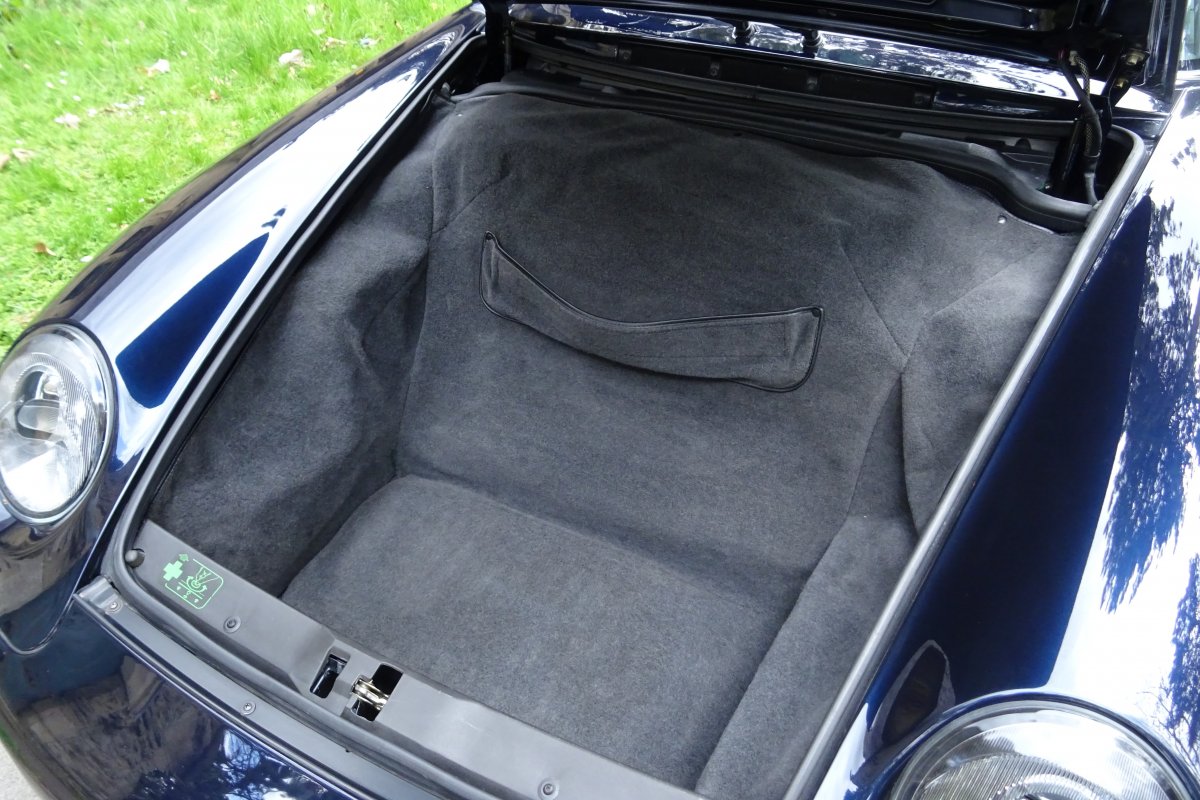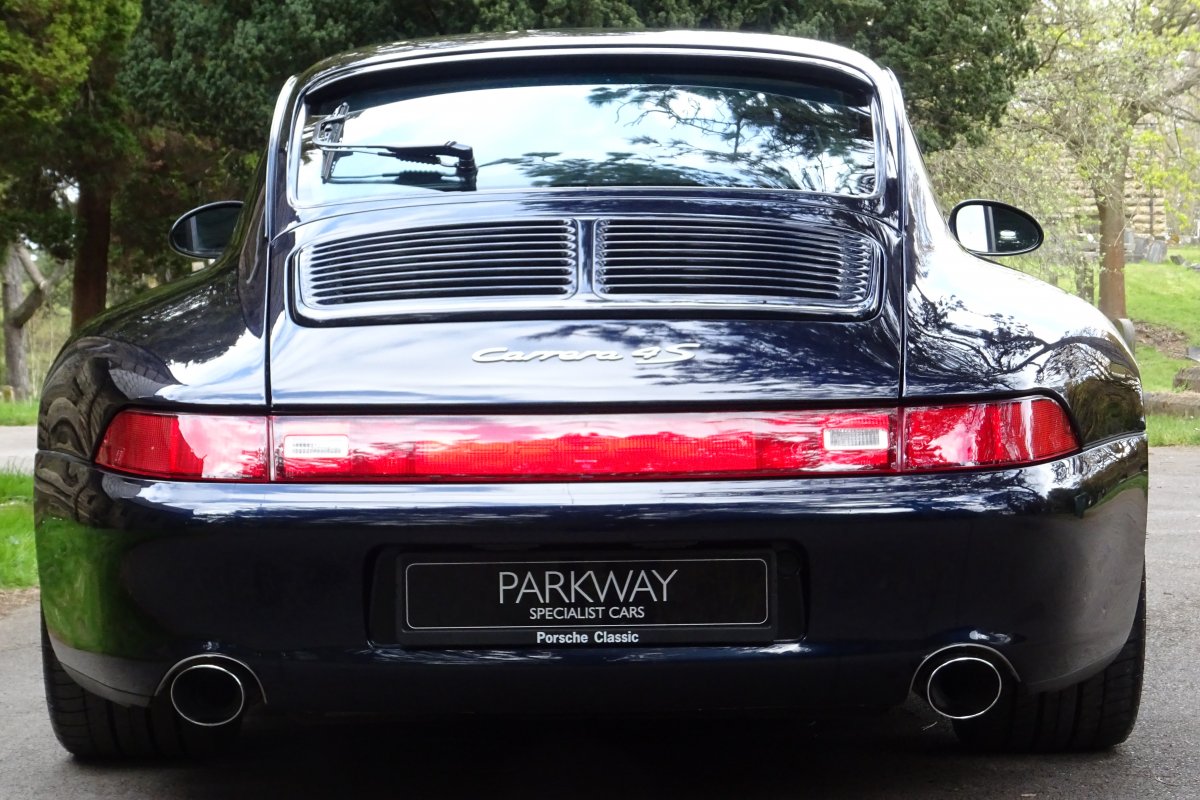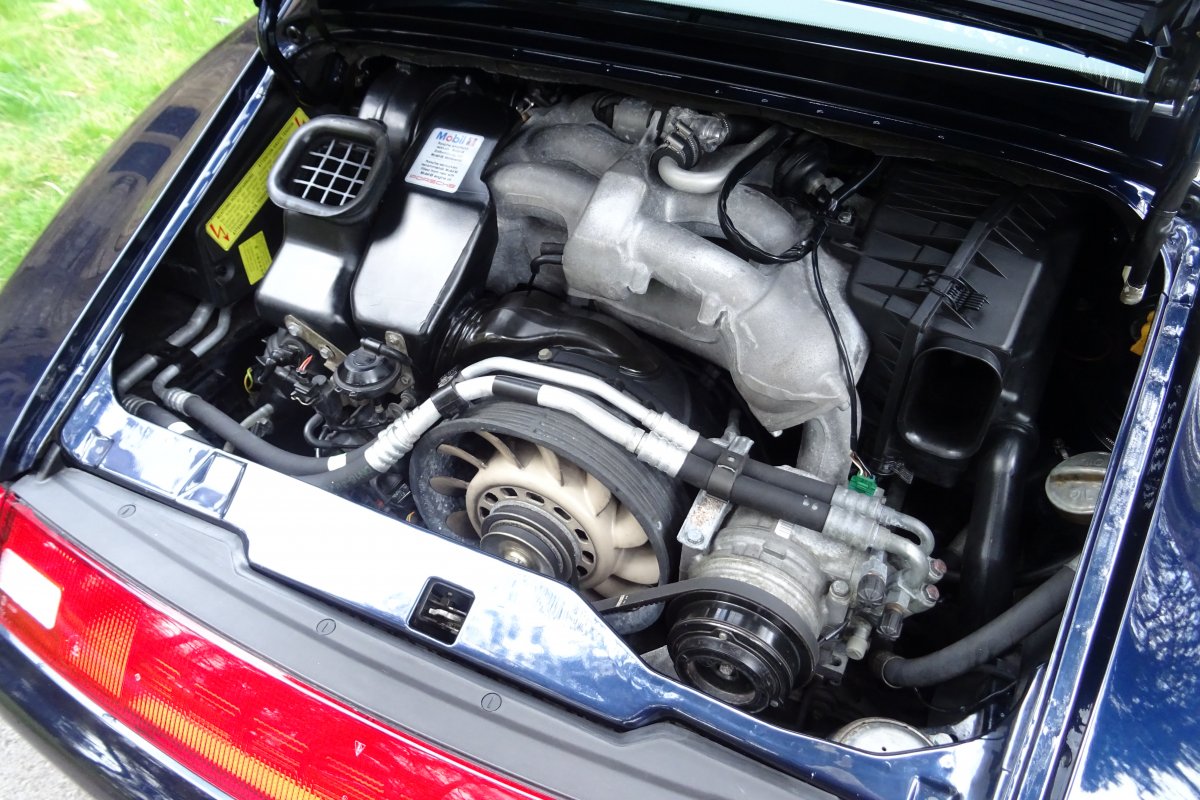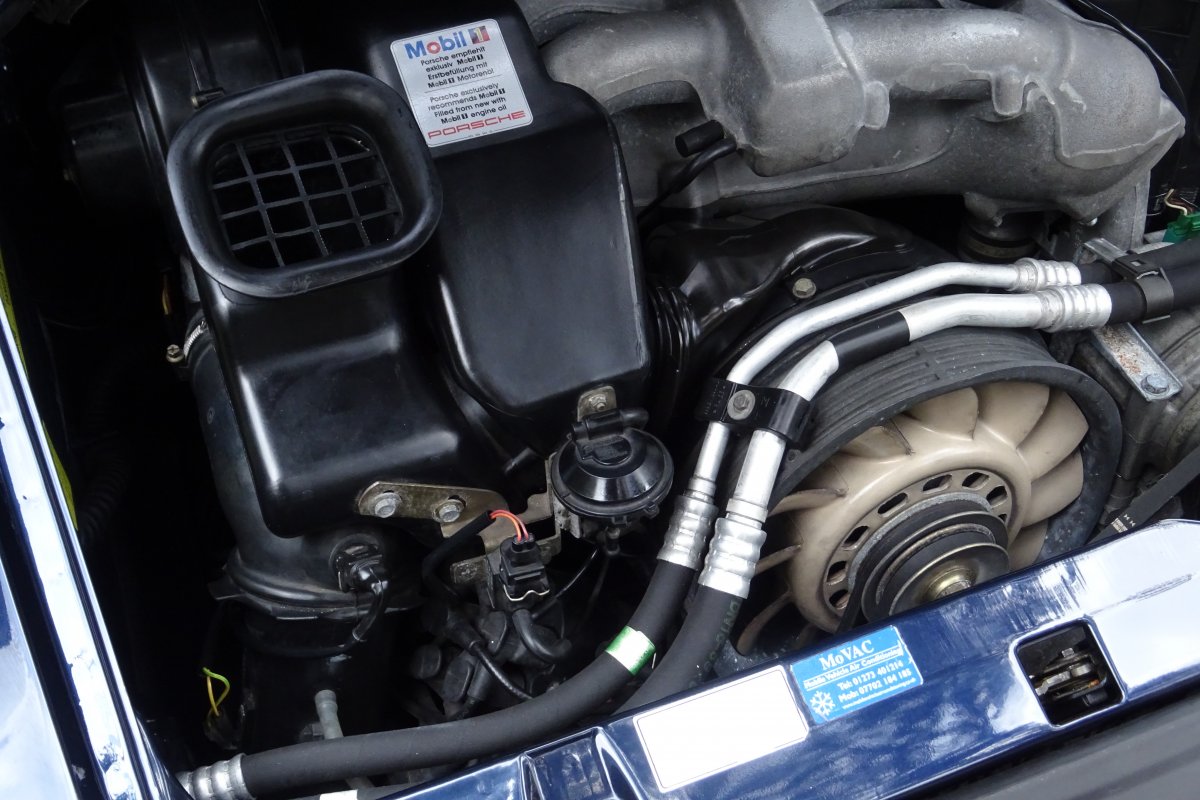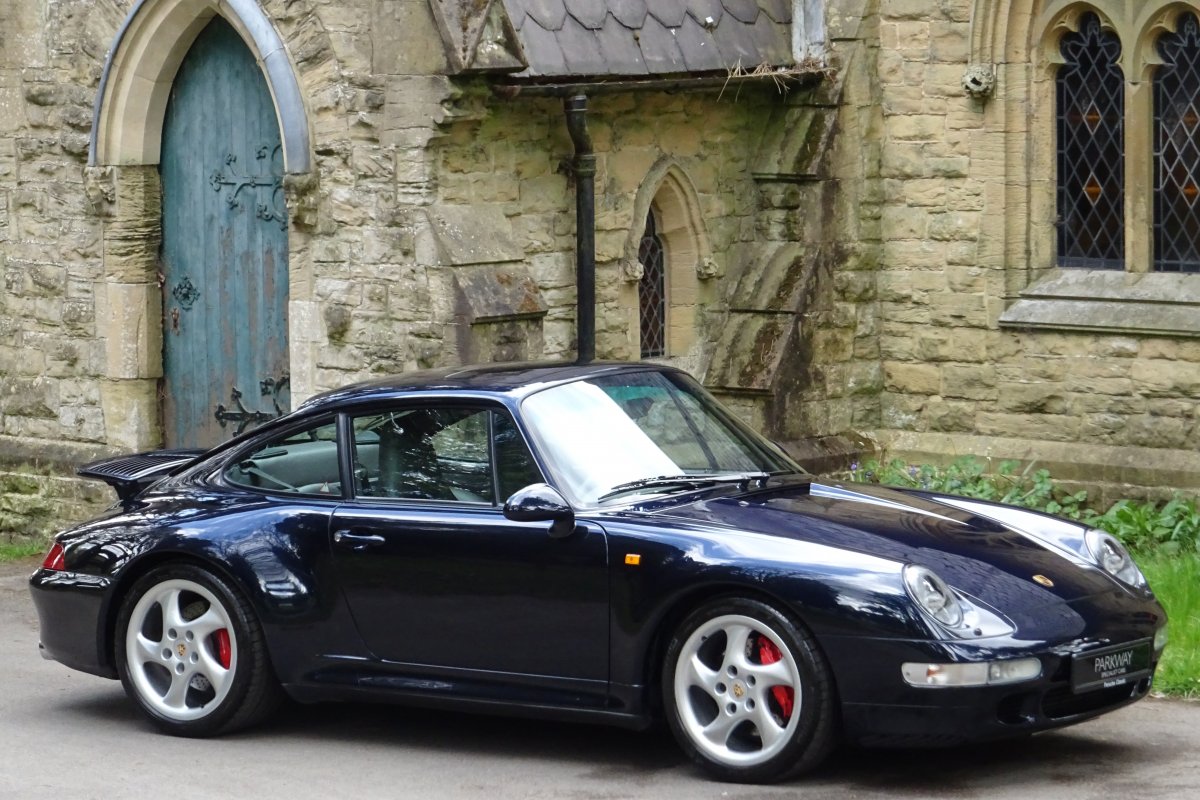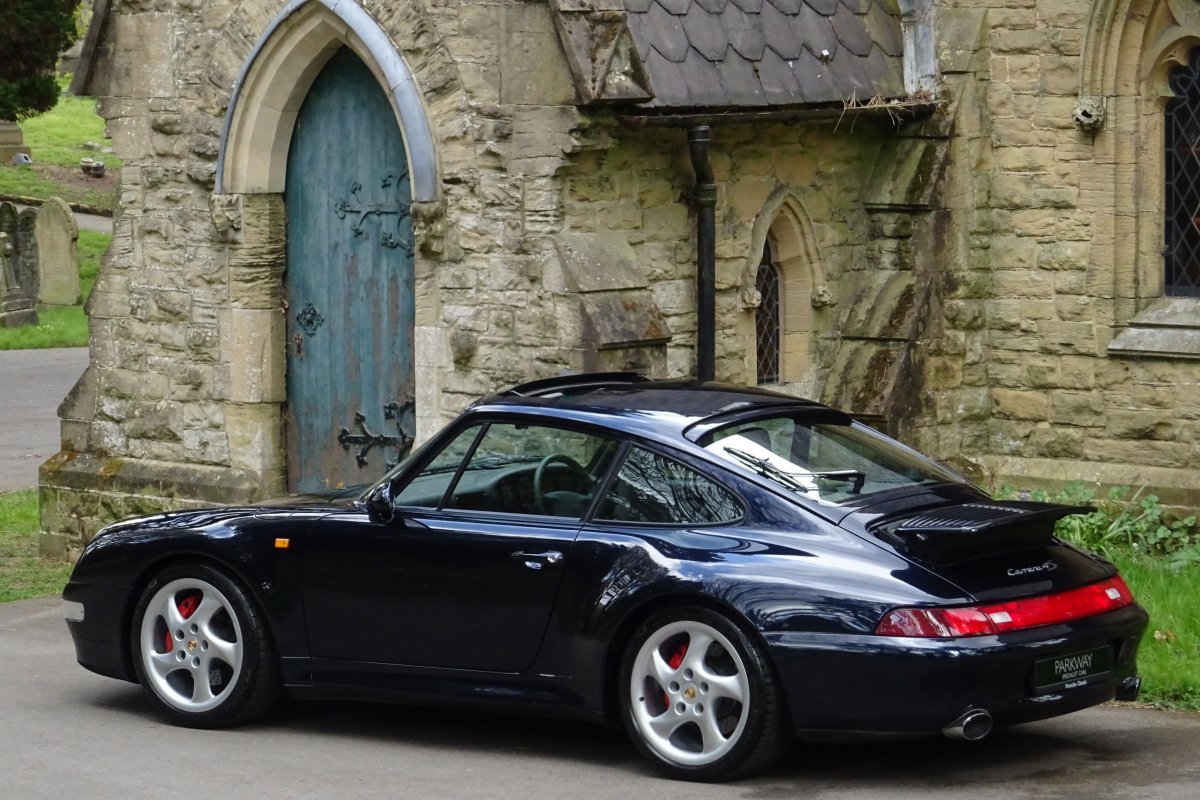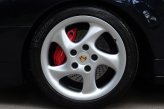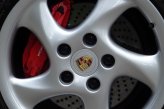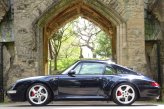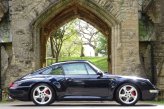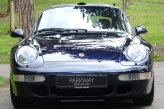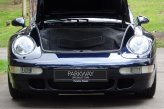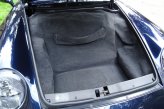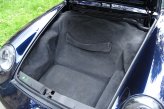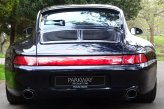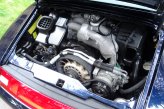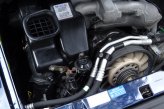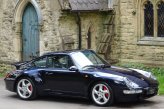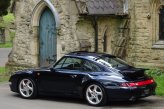The first production Porsches with all-wheel drive appeared in 1989 with the 964 generation. However, these cars were often criticized for a relative lack of sportiness. In 1994, Porsche launched the 993 generation, and the 4-wheel drive version was presented at the Paris Motor Show. The 993 Carrera 4 offers the same technical and aesthetic features as the normal Carrera, and introduces a completely new all-wheel drive system, 50% lighter than the 964 generation. When it was launched in 1993, there were no arguments about the new 911’s looks. The fared-in headlights may have seemed radical, but combined with the new 993’s rounded hips, it was received with greater enthusiasm than the 964 five years earlier.
Porsche recognised that the edict in 1984 to the 964’s stylists ‘to touch nothing above the axle line’ was too conservative: 964 sales fell away after a strong start, and by 1990, such were Porsche’s finances, the next 911 had to be a success. Supervised by director of styling Harm Lagaaij, designer Tony Hatter did a fine job of smoothing the 964’s coachwork, eliminating the obtrusive bumpers and melding the headlights with the wings.
Rather than dub its new model ‘Turbo look’, which would have cast it somewhat into the shadow of the real Turbo, Porsche created a new model, introducing it as the Carrera 4S – the numeral indicating it was all-wheel drive and the S implying a special model, akin to the original 911S. The other aspect of the 993 that improved on the 964 was this all-wheel drive. The 964 C4’s fixed torque split (69:31) spoiled the 911’s handling balance, proving prone to numbing understeer – the last thing buyers expected.
He would have liked to go further, recessing the windscreen wipers and revising the roofline, but the budget didn’t extend to this. It did, however, let him flare the 993’s rear haunches, a feature which created raptures and made its rear three-quarter angle one of the best views of any car. The Turbo 993 was launched after a gap of two years. It continued the tradition of wider rear quarters, originally conceived to accommodate the larger rear tyres. With the enlarged rear wing, which from 1977 incorporated an intercooler, the ‘Turbo look’ became a Porsche icon.
The positive reception given to the 993’s pronounced hips persuaded Porsche that there could be a rich seam to be mined with a production model. The star of the Porsche stands at the 1995 autumn motor shows was not just the new 408bhp 911 Turbo, but a similarly wide-bodied, albeit naturally aspirated 911. The revised installation of the 993 C4 not only shaved 50 kilograms off the weight, but its infi nitely variable allocation of torque transformed the handling. Testers found that the new C4 had the same agility and lightness of touch as the rear-drive version, and that rather than working against the handling, all-wheel drive aided it by enhancing stability when cornering in the wet.


